Rabbits can be surprisingly picky eaters, especially when it comes to hay. Their sensitive noses and strong taste preferences are influenced by the freshness and condition of the food they are offered. And if you’ve ever watched a bunny nudge a perfect pile of hay aside, you’ve probably asked yourself what’s wrong with it.
Click Here For a Guide to Understanding Your Rabbits Diet.

Storing rabbit food properly can make the difference between a happy, healthy bunny and one who turns up their nose. Whether you’ve got a hay rack full of untouched strands or you’re trying to make your Timothy Hay last longer, the way you store it matters more than you might think.
Let's dig into the tips and tricks that keep your rabbit food fresh, nutritious, and tasty for your little bun.
Why Hay Goes Bad So Fast
Hay is a natural product, which means it doesn't contain preservatives to extend shelf life. Once it’s harvested and packaged, the clock starts ticking. Exposure to air, heat, light, and moisture will all speed up the aging process. What starts off as fresh, fragrant hay can quickly become brittle, dusty, or even moldy if not stored correctly.
Rabbits, guinea pigs, and chinchillas rely on hay for fiber, dental health, and digestion. If the hay is stale or moldy, it’s not just unappealing—it can be harmful. That’s why understanding the basics of storing rabbit food can help you protect your pet's health and your budget.
Choosing Quality Hay From the Start
Before you even think about storage, start with the best product. High-quality Timothy Hay should smell sweet and earthy, feel soft with a bit of spring, and have a greenish hue. If it’s brown, dusty, or has a sour smell, don’t bring it home.
Look for hay that’s labeled “ultra-premium” or “second cut” if you want something softer and leafier. At Rabbit Hole Hay, our Ultra Premium Timothy Hay is hand-sorted and packaged to preserve freshness from the farm to your home.
Once you’ve got a good batch, proper storage will help maintain its quality and appeal.

Keep It Cool, Dry, and Dark
One of the easiest ways to protect rabbit food is by controlling its environment. Store hay in a cool, dry, and dark place. Avoid areas with temperature swings or direct sunlight. Closets, pantries, or cupboards are often perfect. Sunlight can bleach hay and pull nutrients out of it, while warmth encourages moisture buildup.
Humidity is another enemy of fresh hay. When hay absorbs moisture from the air, it becomes a breeding ground for mold. That’s why basements, garages, and laundry rooms aren’t usually ideal spots unless they’re climate-controlled. If you have no other choice, a dehumidifier nearby can help keep things safe.
Storing Rabbit Food the Smart Way
Now let’s talk about the containers. When it comes to storing rabbit food, you want a balance between the airflow and protection. While it might seem smart to seal hay in an airtight container, this can trap moisture. And trapped moisture equals mold.
The best option? Use breathable containers, like cardboard boxes or bins with loose-fitting lids. If you prefer something a bit more protective, you can use a plastic tote with the lid slightly ajar.
Never store hay in plastic bags, especially those that zip shut. These hold in moisture and create the perfect environment for spoilage. Even worse, they can cause condensation if moved between temperature zones.
Buy Only What You Can Use
Buying in bulk can feel like a great deal—but it doesn’t always work out that way. Large quantities of hay lose their freshness long before your rabbit finishes the bag. Unless you have several hungry mouths to feed or you’re rotating stock frequently, stick with portions that will be used within 3–4 weeks.
If you like the cost savings of bulk, split it up. Store most of the hay in a cool, dark location, and keep only a week's worth in an accessible container. That way, you won’t expose your entire supply to daily humidity and handling.
This technique is especially helpful during summer when heat and humidity speed up hay spoilage.
How to Tell When Hay Has Gone Bad
Sometimes, even when you follow all the right steps, hay can still turn. How do you know if it’s time to toss it? Trust your senses:
-
Smell: Fresh hay should have a clean, grassy scent. If it smells sour, musty, or moldy, get rid of it.
-
Color: A slight yellowing isn’t unusual, but hay that’s dull, gray, or brown throughout is likely stale.
-
Texture: Crunchy hay can still be nutritious, but if it feels dusty or breaks apart easily, it’s past its prime.
-
Presence of mold: White or black fuzz is a big red flag. Don’t take chances—moldy hay can cause serious respiratory or digestive issues in rabbits.
When in doubt, throw it out. It’s not worth the risk to your rabbit’s health.

Storing Rabbit Food: Daily Handling Tips
Every time you open your hay container, you expose the contents to air and moisture. To minimize this, scoop out only what you need for the day. If you're offering hay in a rack or feeder, make sure it’s off the floor and protected from spills or droppings. Rabbits don’t like eating hay that’s been soiled or trampled.
Try to refill hay feeders regularly instead of overstuffing them. This keeps the hay fresher, cleaner, and more enticing for your bun. If they regularly waste large amounts, it could be a sign they don’t like the texture or cut. You might want to try a softer second cut or mix it up with age-appropriate hay options.
Creative Ways to Store Hay in Small Spaces
If you live in a small apartment or don’t have a designated storage room, don’t worry. Storing rabbit food is still manageable with a little creativity. Try using stackable bins or under-bed containers that allow air to circulate. Wicker baskets lined with cloth can also work well as long as they’re stored away from direct light and humidity.
Some rabbit owners repurpose laundry hampers or fabric bins. These are breathable and offer a tidy look, which is great for homes where your rabbit’s supplies are in plain sight. Just make sure the material doesn’t have lingering fragrances or detergent residue.
Why You Shouldn't Store Hay in the Fridge or Freezer
It might seem like the fridge would keep hay fresh, but it actually causes more harm than good. The cold creates condensation when the hay is moved to room temperature, increasing the chance of mold. Freezing hay can damage its cellular structure, making it brittle and less fragrant, which turns rabbits off.
If you're tempted to refrigerate due to hot weather, aim for a cooler, shaded part of the house instead. A temperature range between 50°F and 70°F is ideal for most rabbit food storage.
Pellets, Treats, and Greens: What About Other Foods?
While hay makes up the bulk of your rabbit’s diet, don’t forget the other components. Pellets and treats also need the right storage to stay fresh. Store pellets in their original bag inside a sealed container to maintain freshness and prevent pests from getting in. Keep the container in a cool, dry spot.
Greens should be stored in the refrigerator, but avoid washing them until just before feeding. Too much moisture can lead to sogginess and early spoilage. Use produce bags with ventilation holes or wrap leafy greens in a damp paper towel inside a perforated bag.
And if you’re making homemade rabbit treats, store them in a cool spot and use them within a few days to keep them from turning stale or attracting bugs.
Watch for Pests—Especially in Warmer Months
Storing rabbit food comes with another challenge: preventing pests. Mice, moths, and insects love to find their way into hay and pellets. Keep your storage area clean and inspect containers regularly. If you store food in the garage or utility room, check often for signs of droppings or holes in packaging.
A good trick is to use a tightly sealed bin for pellets and keep hay in a large paper sack placed inside a breathable tote. If you ever notice bugs or strange webbing, discard the contents immediately and sanitize the container.
The Benefits of Buying From a Reliable Hay Supplier
Not all hay is stored or shipped the same way. Buying from a trusted company like Rabbit Hole Hay ensures that you start off with a product that’s been stored in optimal conditions. Our hay is hand-packed in breathable boxes with an emphasis on quality and cleanliness.

With proper home delivery services, you don’t have to store massive amounts of hay at once. Just order what you need and have it shipped directly to your door—fresh and ready to serve.
Keeping a Rotation System
If you buy hay in bulk or have multiple storage bins, a rotation system helps keep the older hay at the front. Label your containers with the purchase date and try to use the oldest supply first. This prevents waste and makes sure your rabbit is always eating the freshest food you have on hand.
Keep a small scoop or measuring cup in your container to make daily feeding easier and avoid reaching in with your hands, which can introduce oils or moisture.
Final Thoughts on Storing Rabbit Food
Keeping hay and other rabbit food fresh doesn’t have to be complicated. With just a few simple changes, you can dramatically improve the taste and nutritional value of your rabbit’s meals. This means fewer wasteful leftovers and a much happier bun at feeding time.
So remember: buy smaller quantities, store in a cool and dry space, allow air flow, and avoid moisture at all costs. These habits will go a long way in keeping your rabbit healthy and enthusiastic about every bite.
If you're ready to upgrade your hay game, check out our Ultra Premium Hay collection or download the Hay is for Rabbits eBook to become a hay expert.
Key Takeaways for Storing Rabbit Food
-
Store hay in a cool, dark, and dry location using breathable containers.
-
Avoid buying more than you can use in 3–4 weeks to prevent spoilage.
-
Keep pellets and greens in proper containers to maintain freshness.
-
Rotate your supply and inspect regularly for mold or pests.
Even picky eaters will show more enthusiasm when their food smells fresh and feels soft. A little care in storing rabbit food goes a long way toward happy, healthy bunnies.

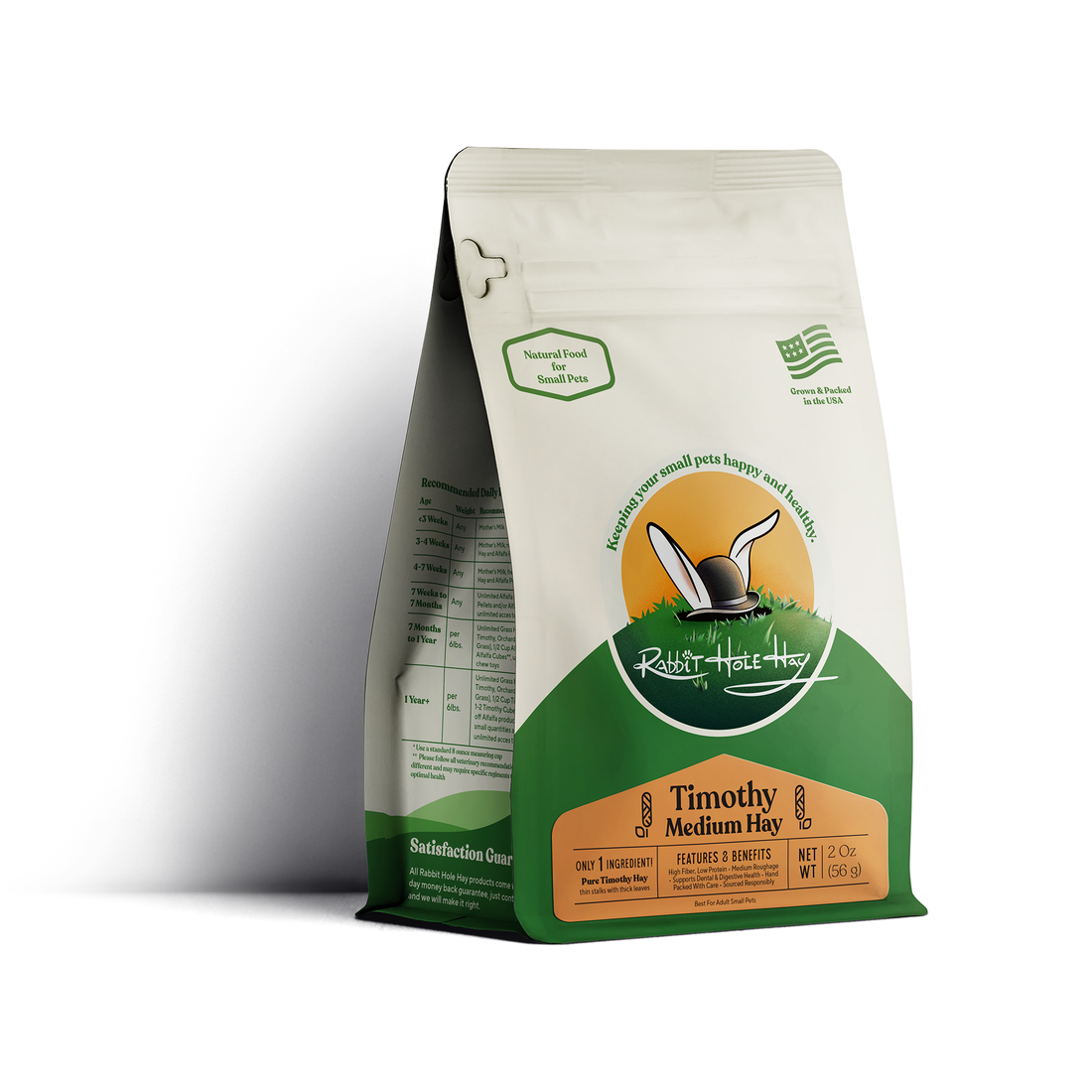
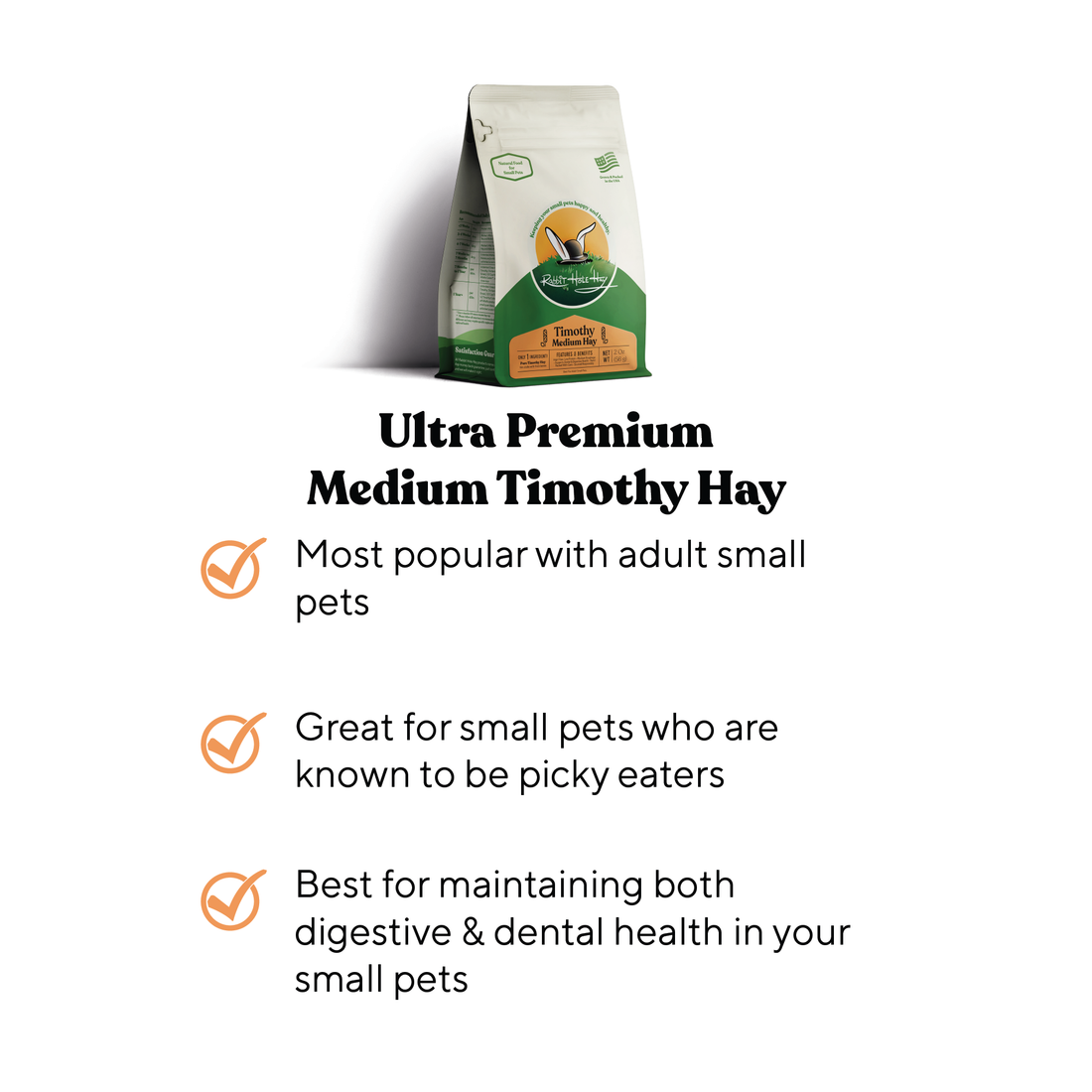
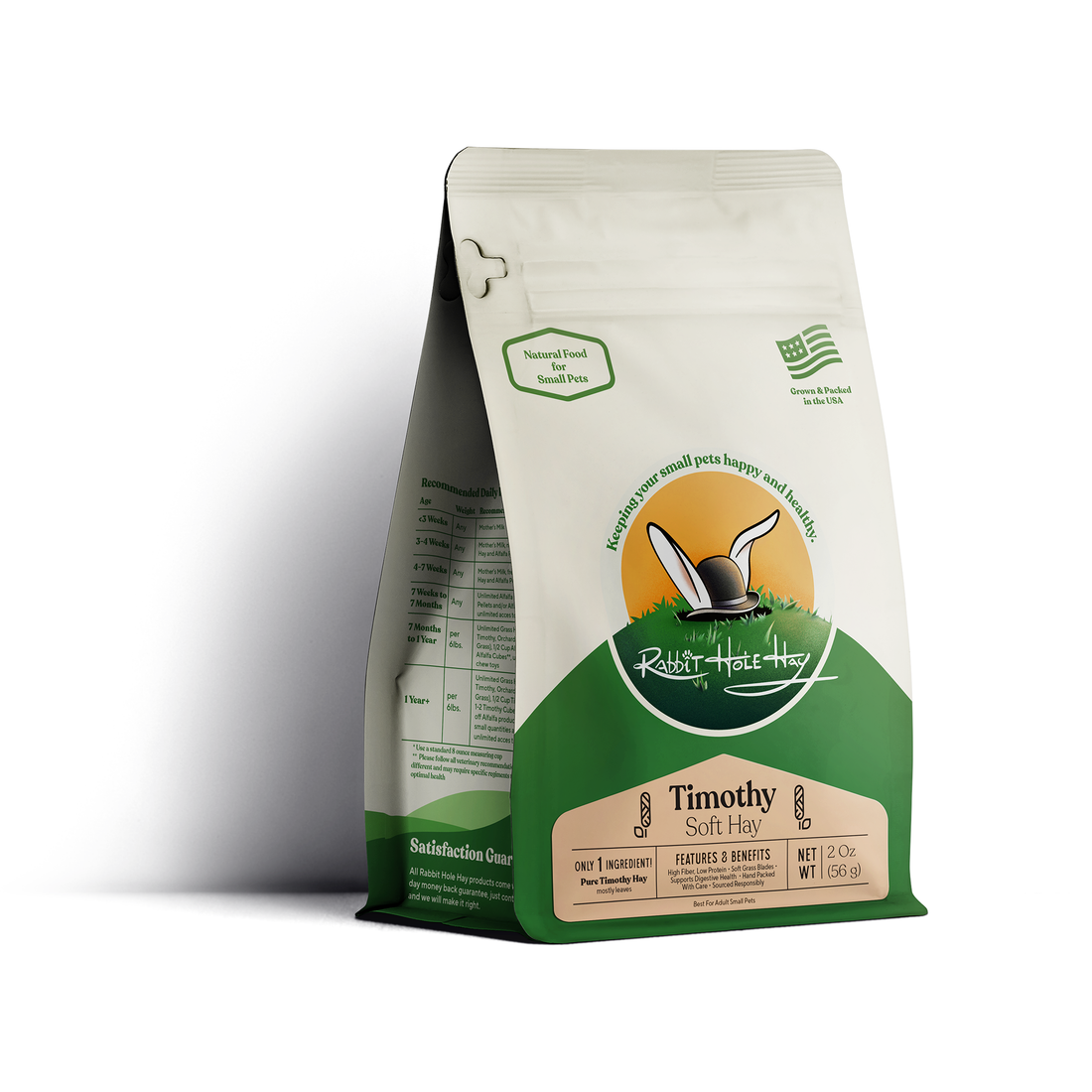

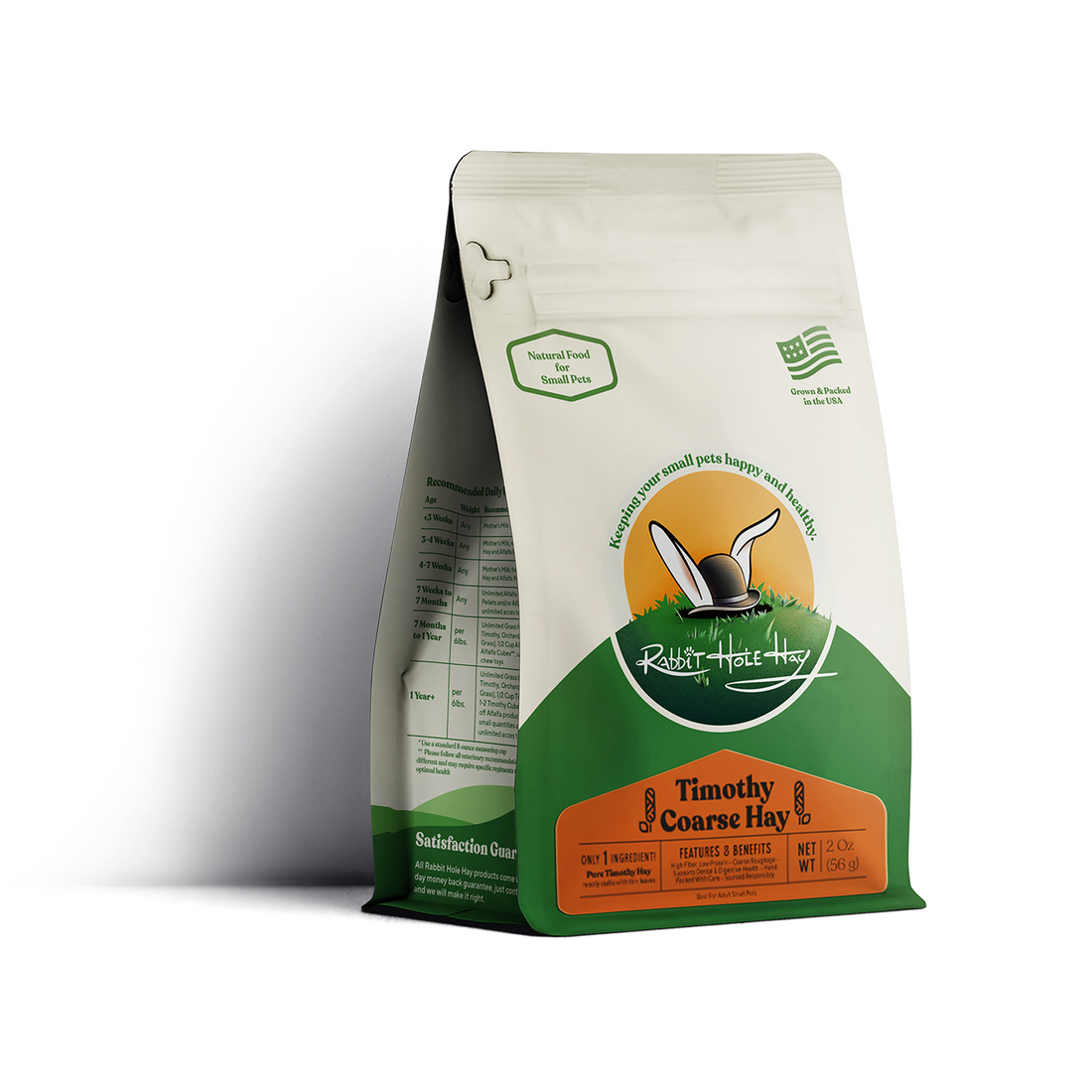

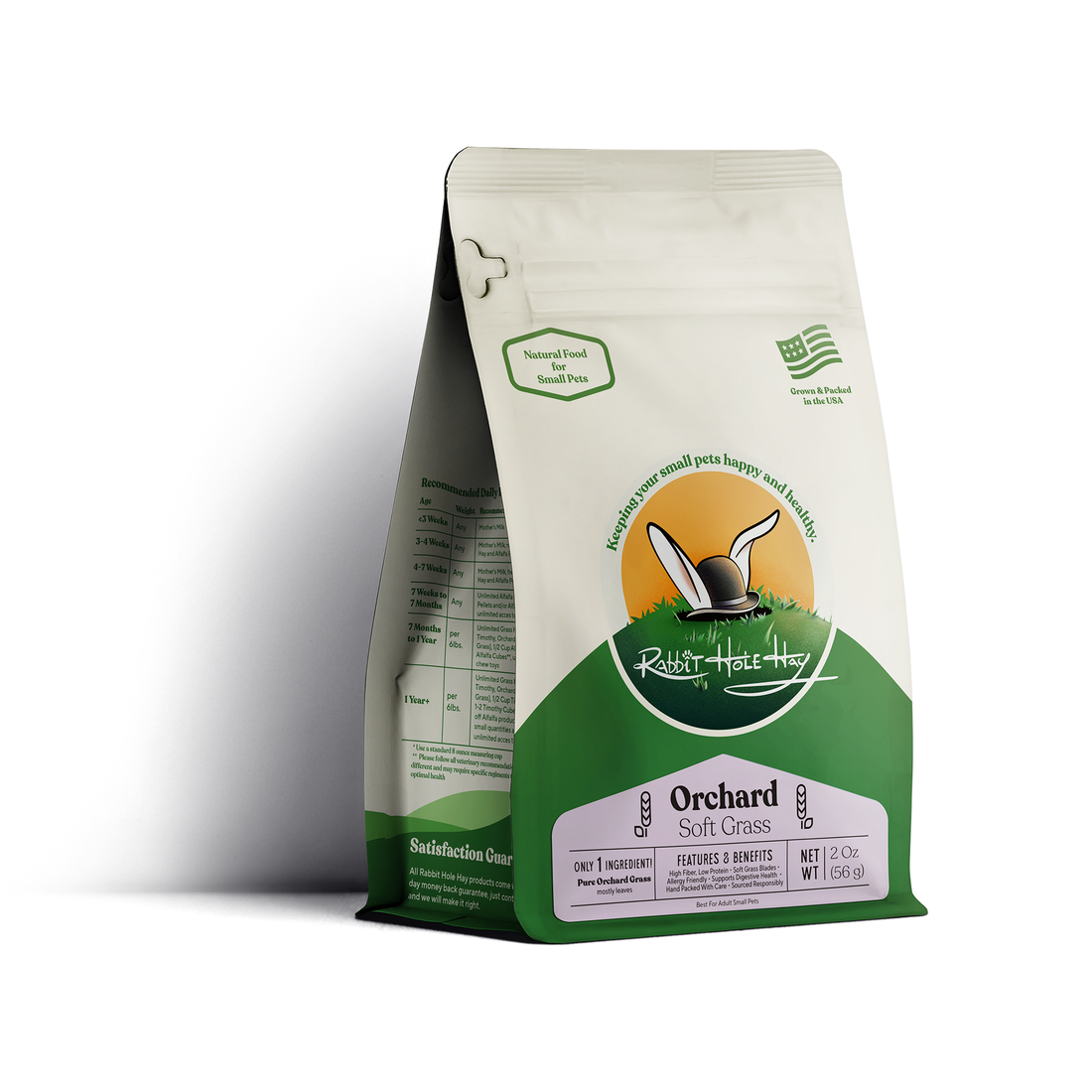
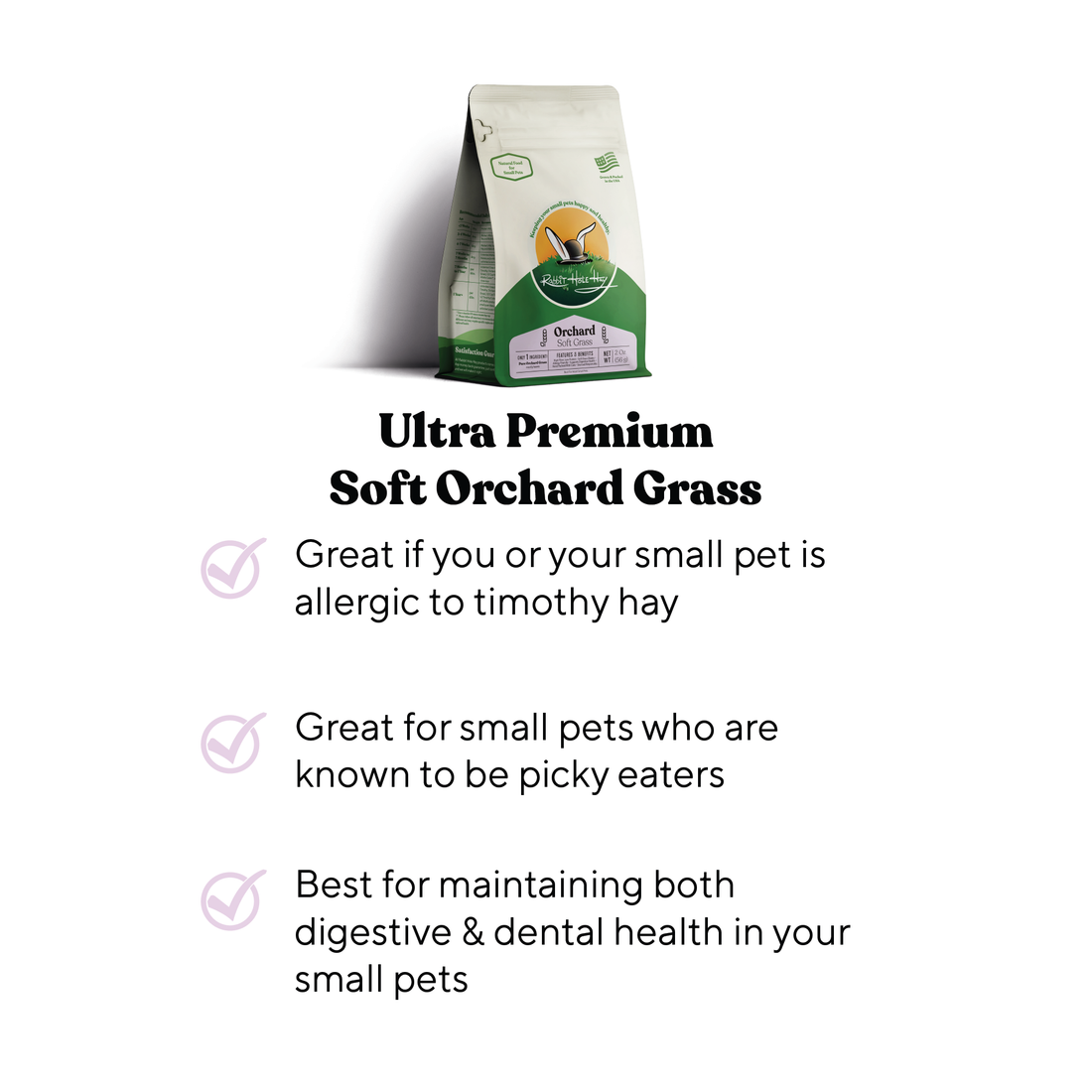
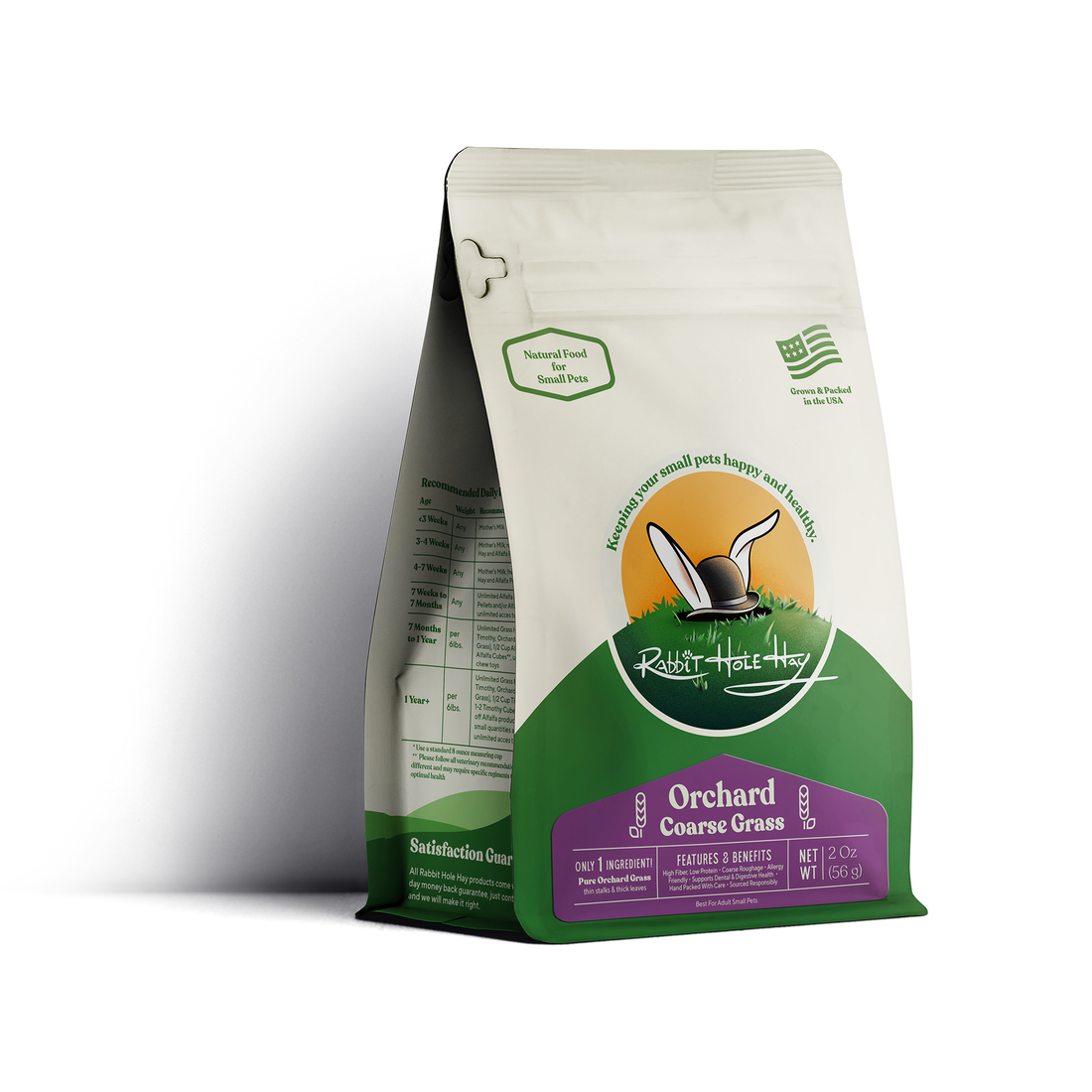
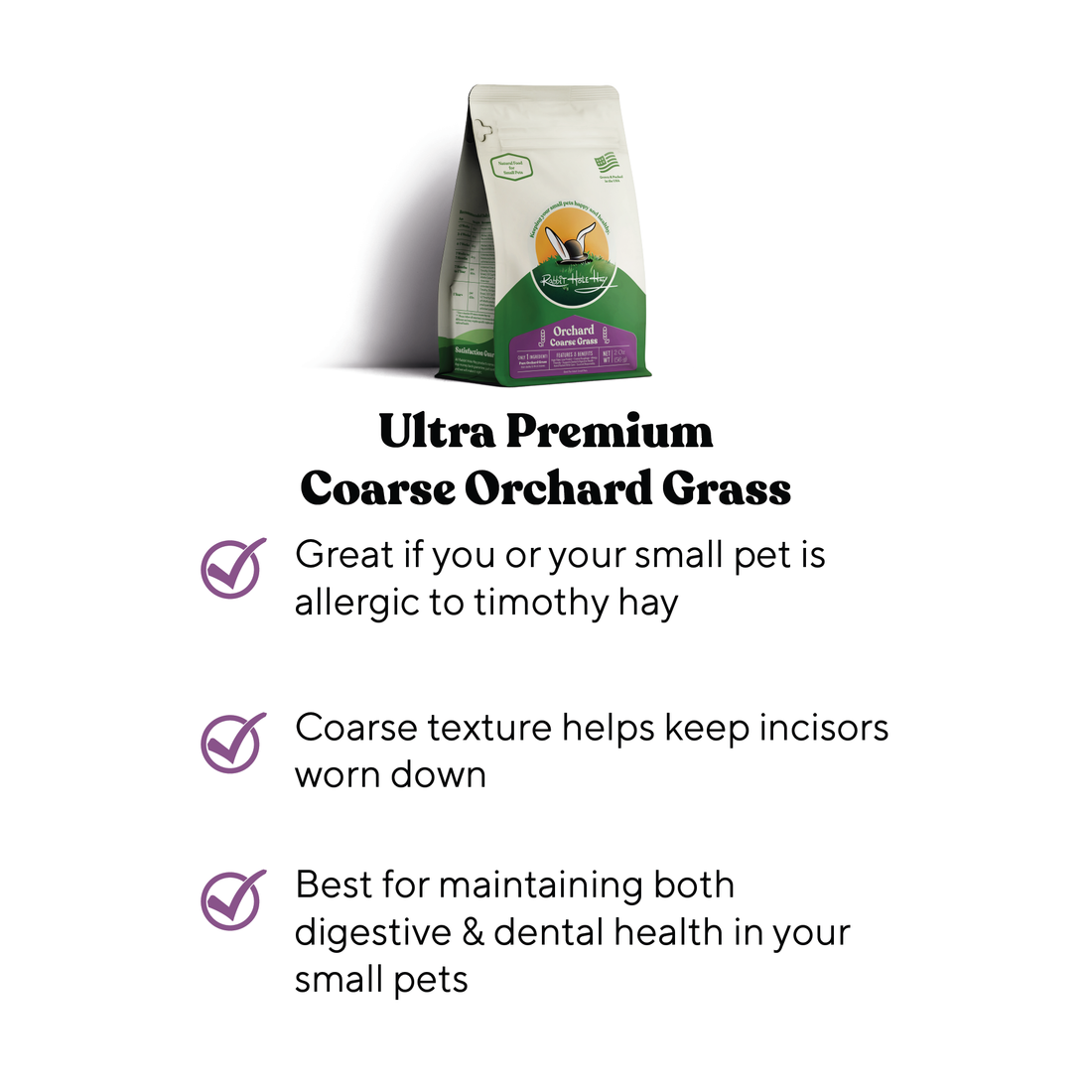
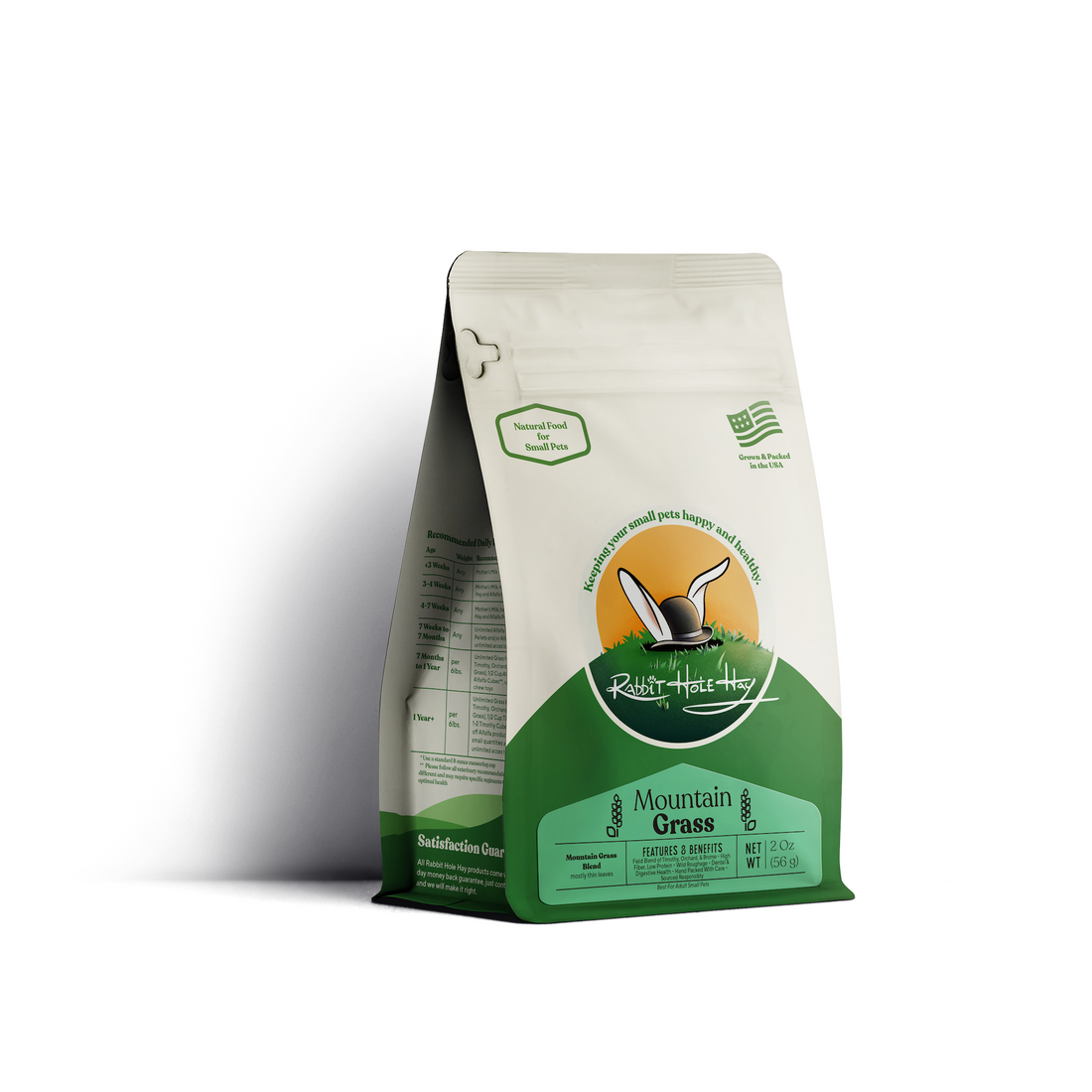
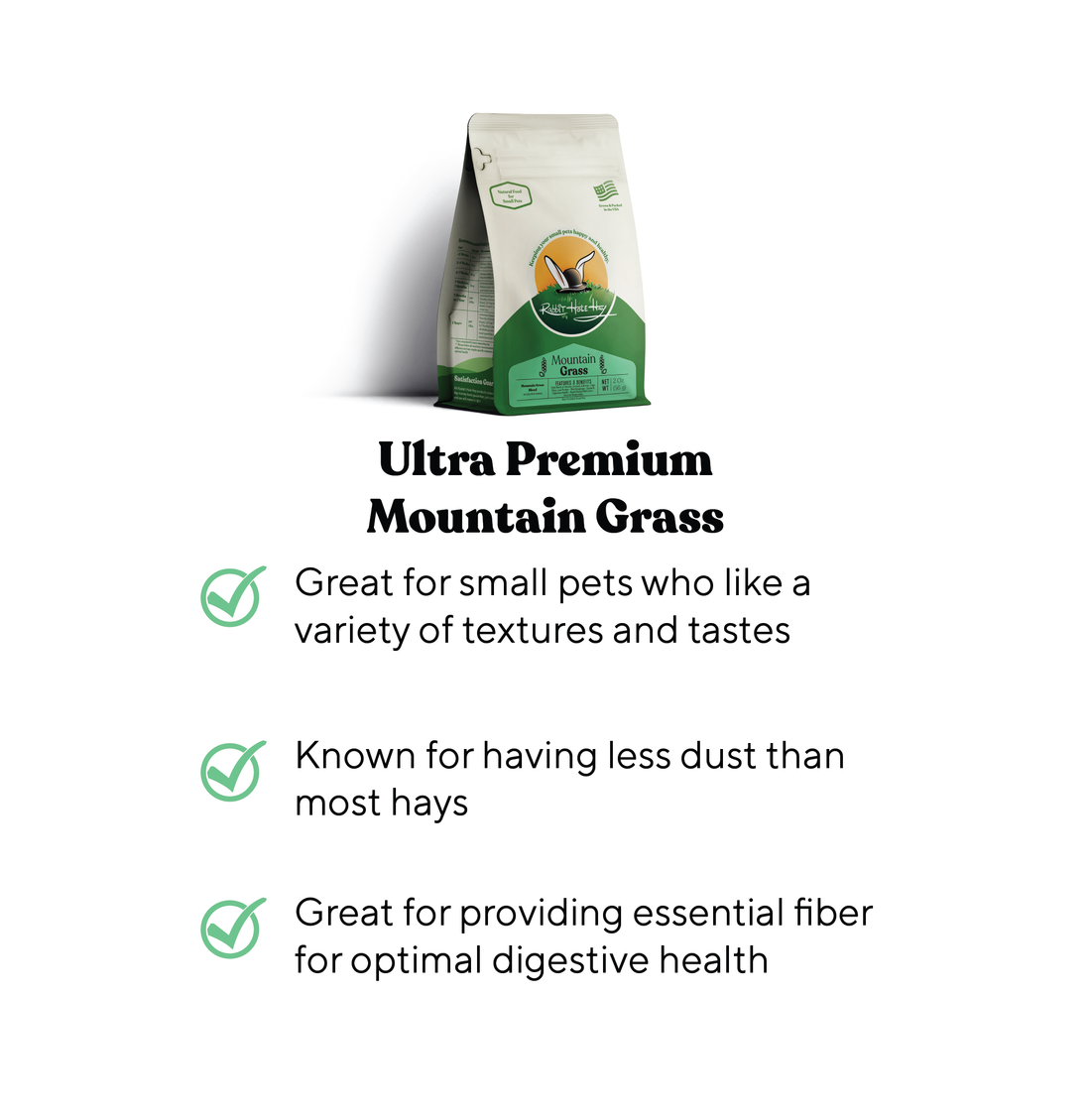
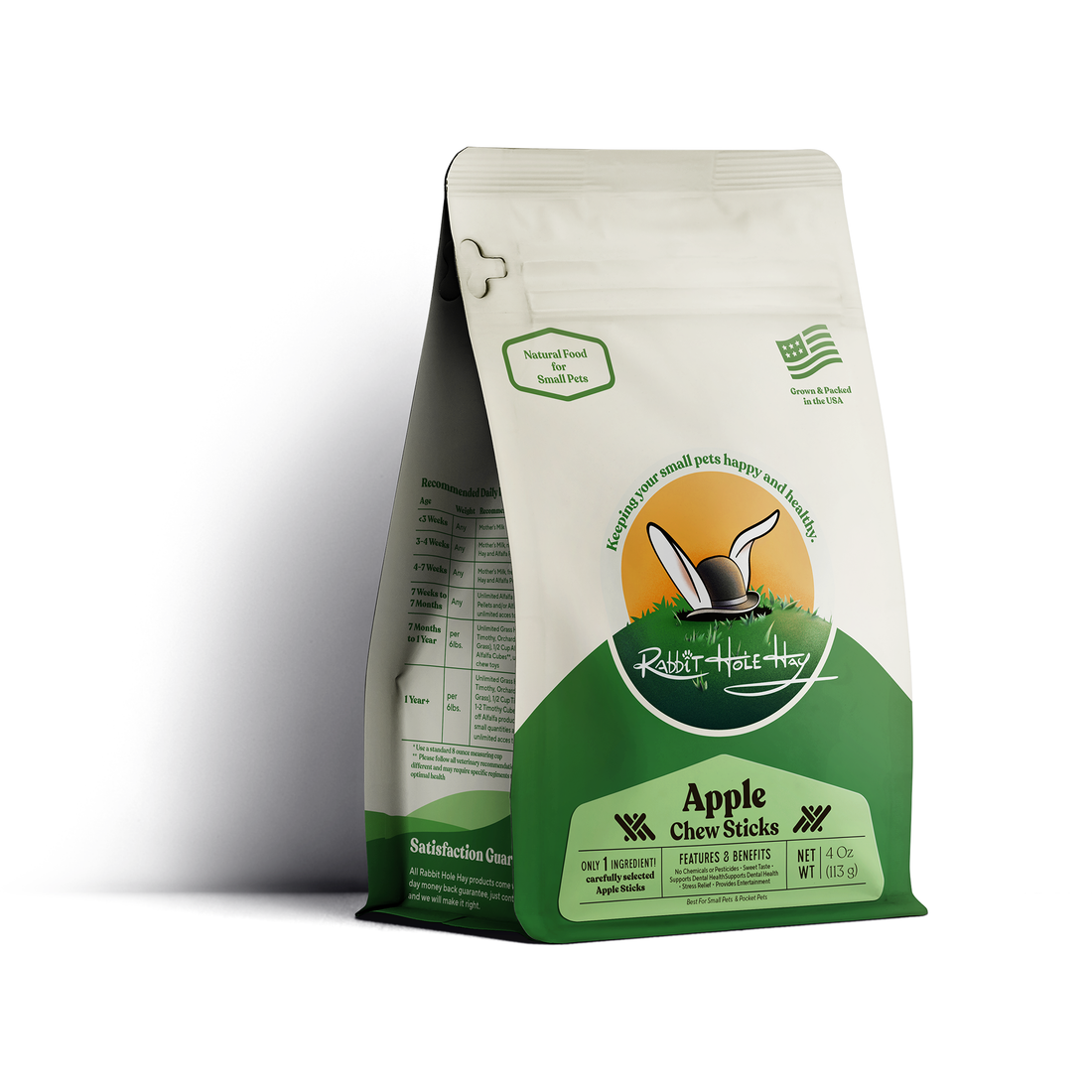
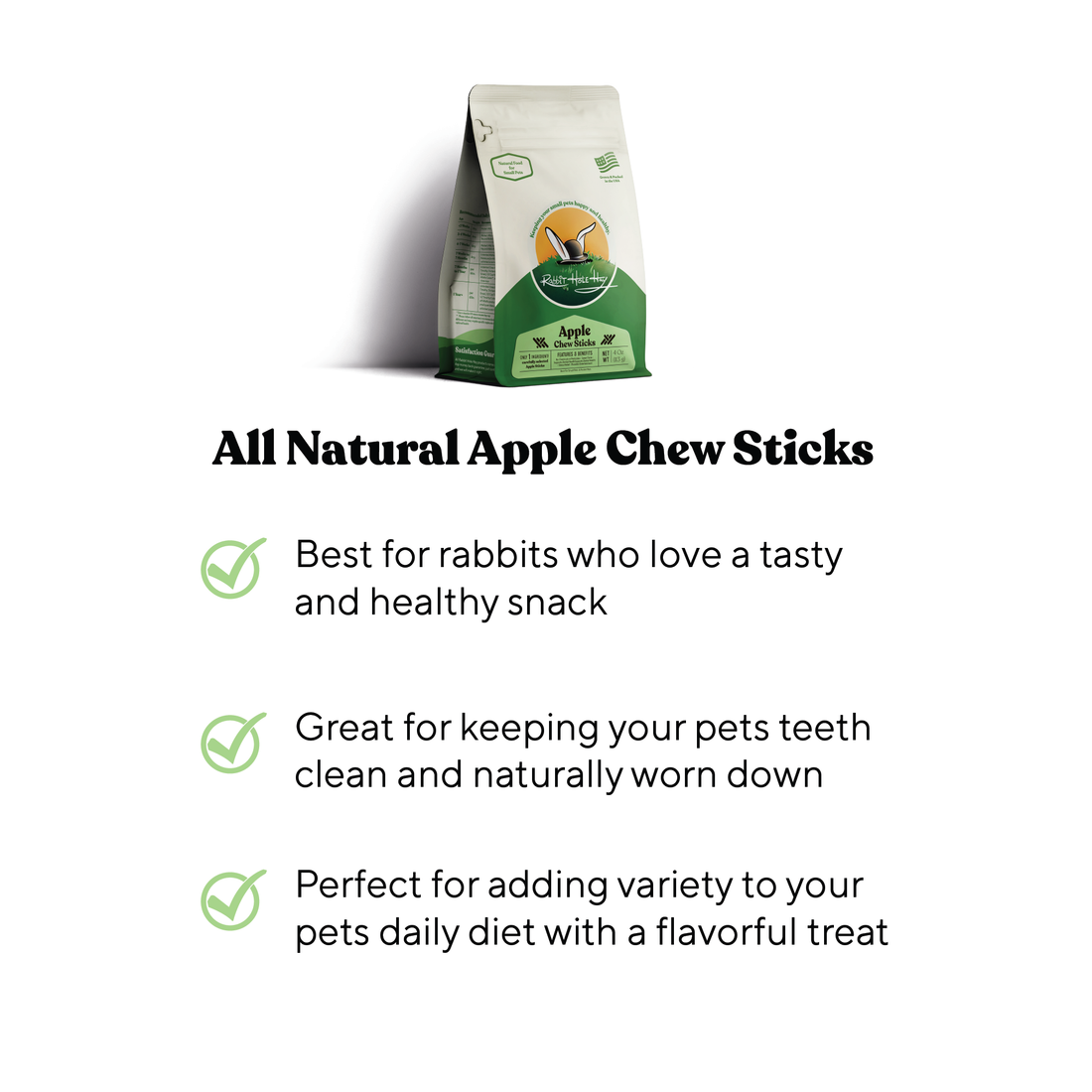


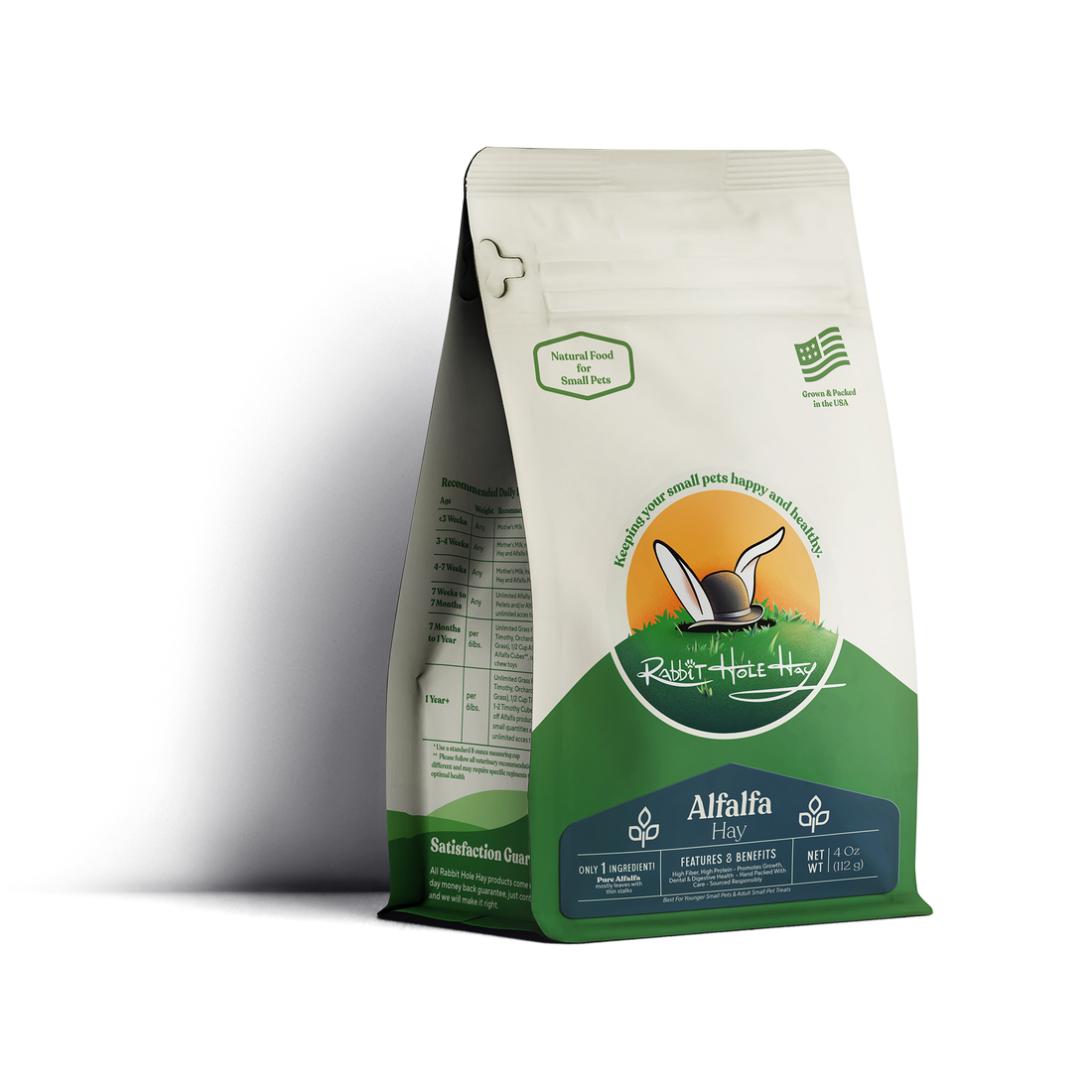
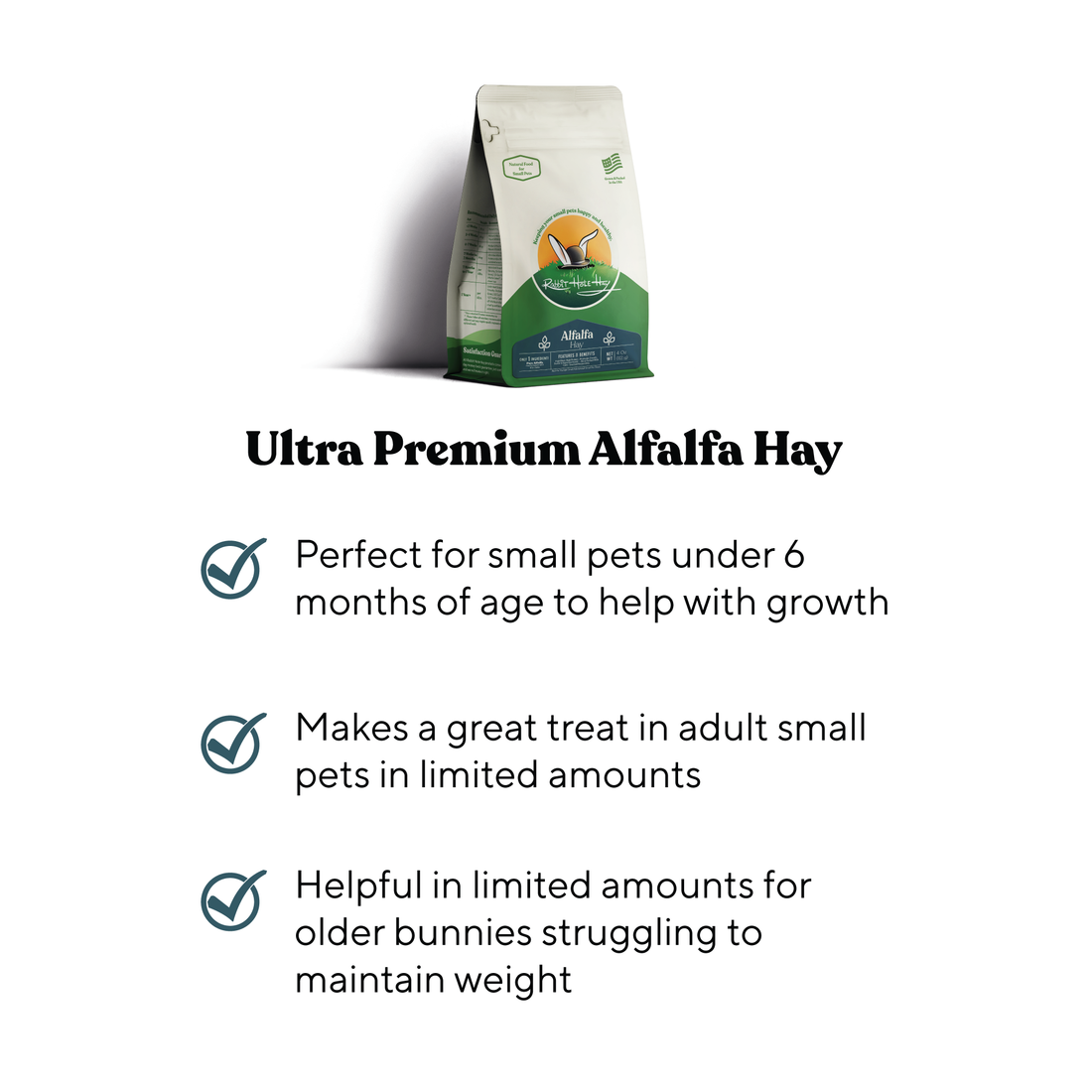
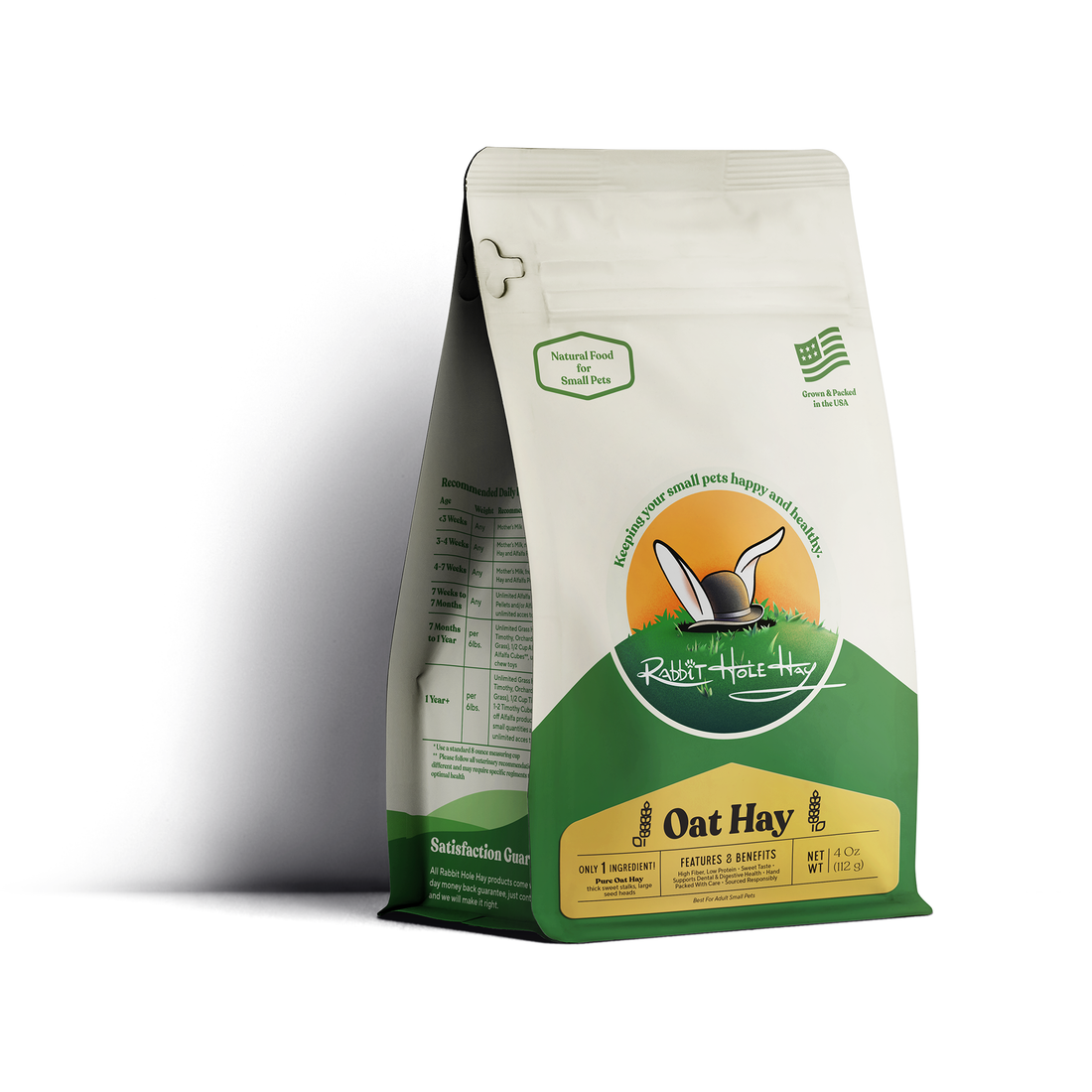

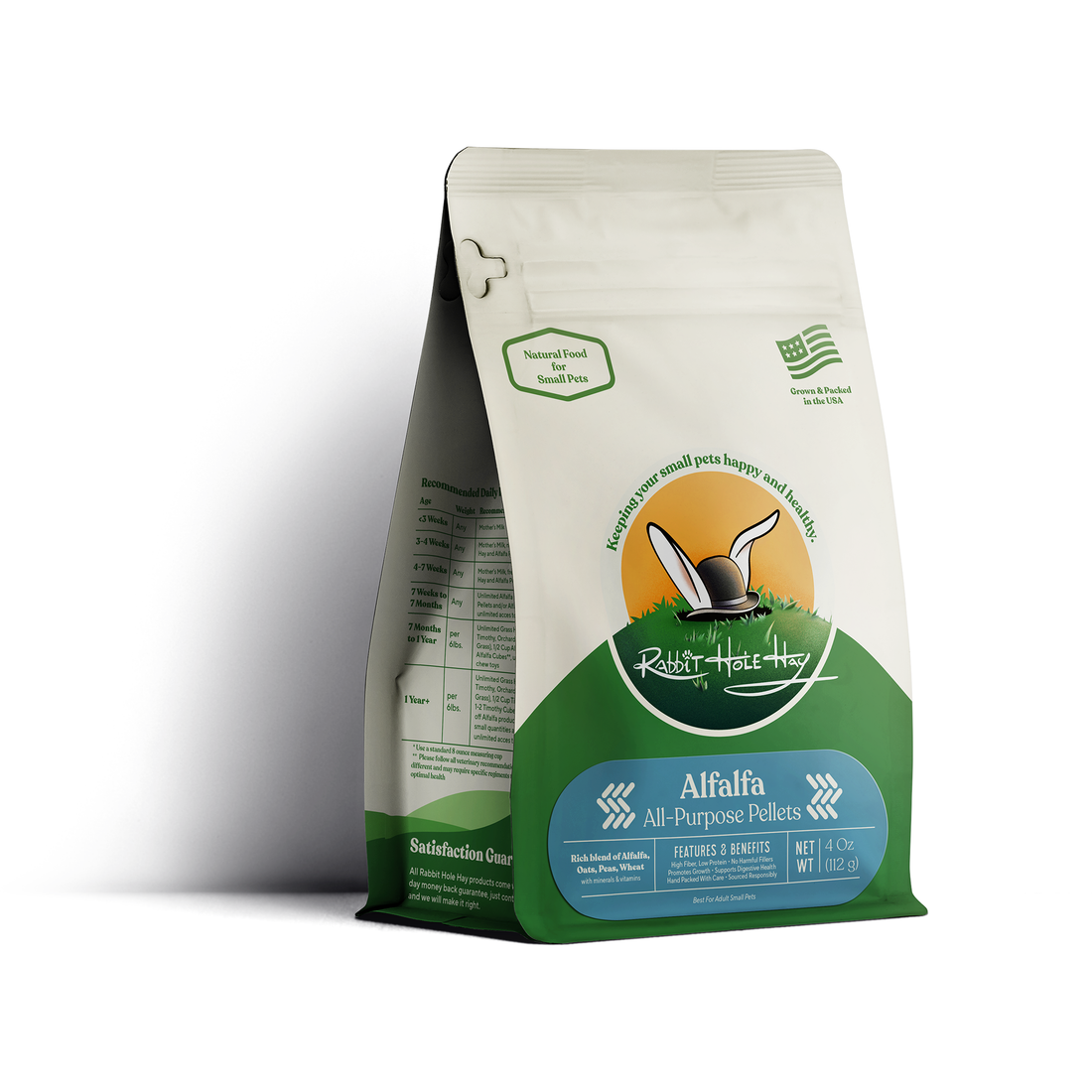
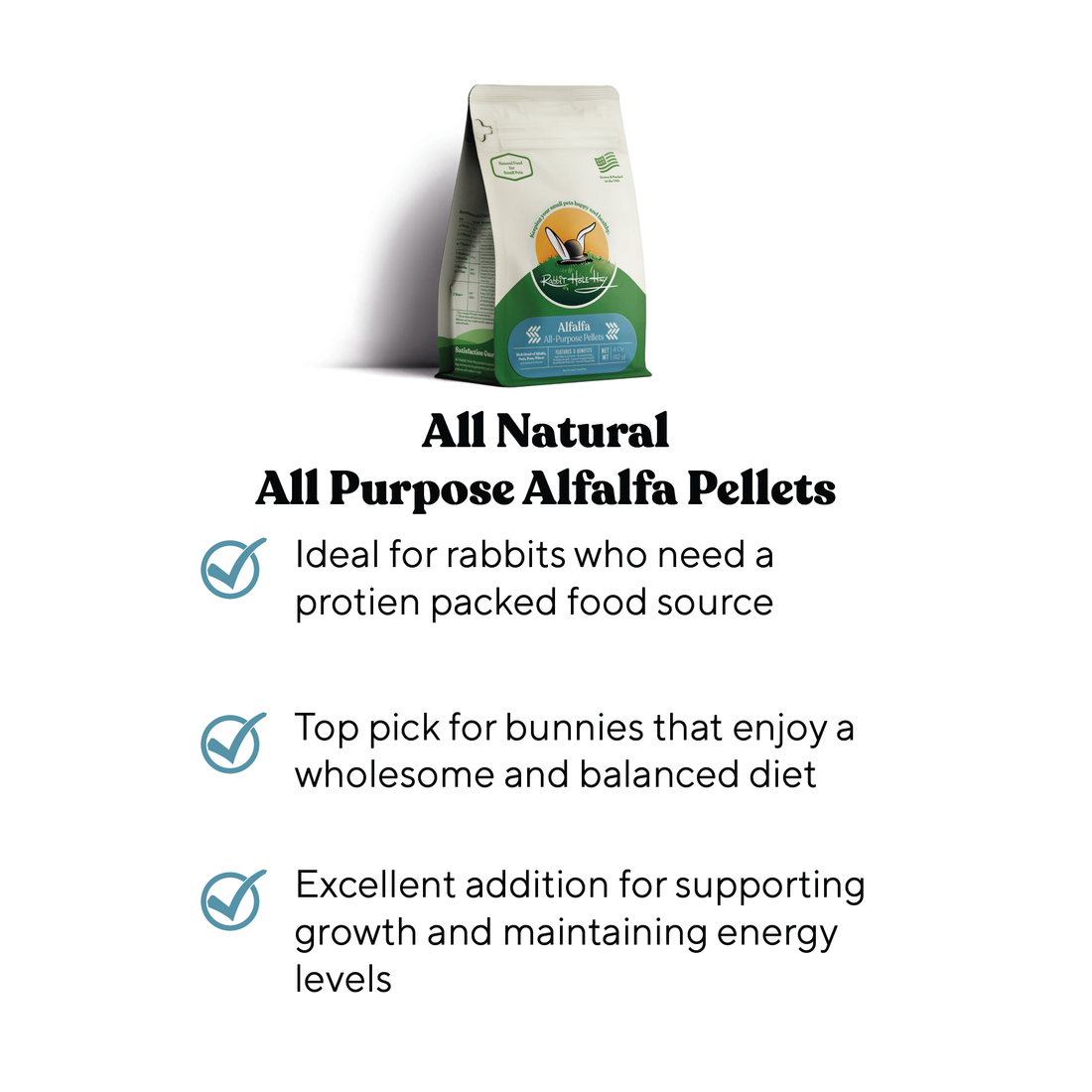
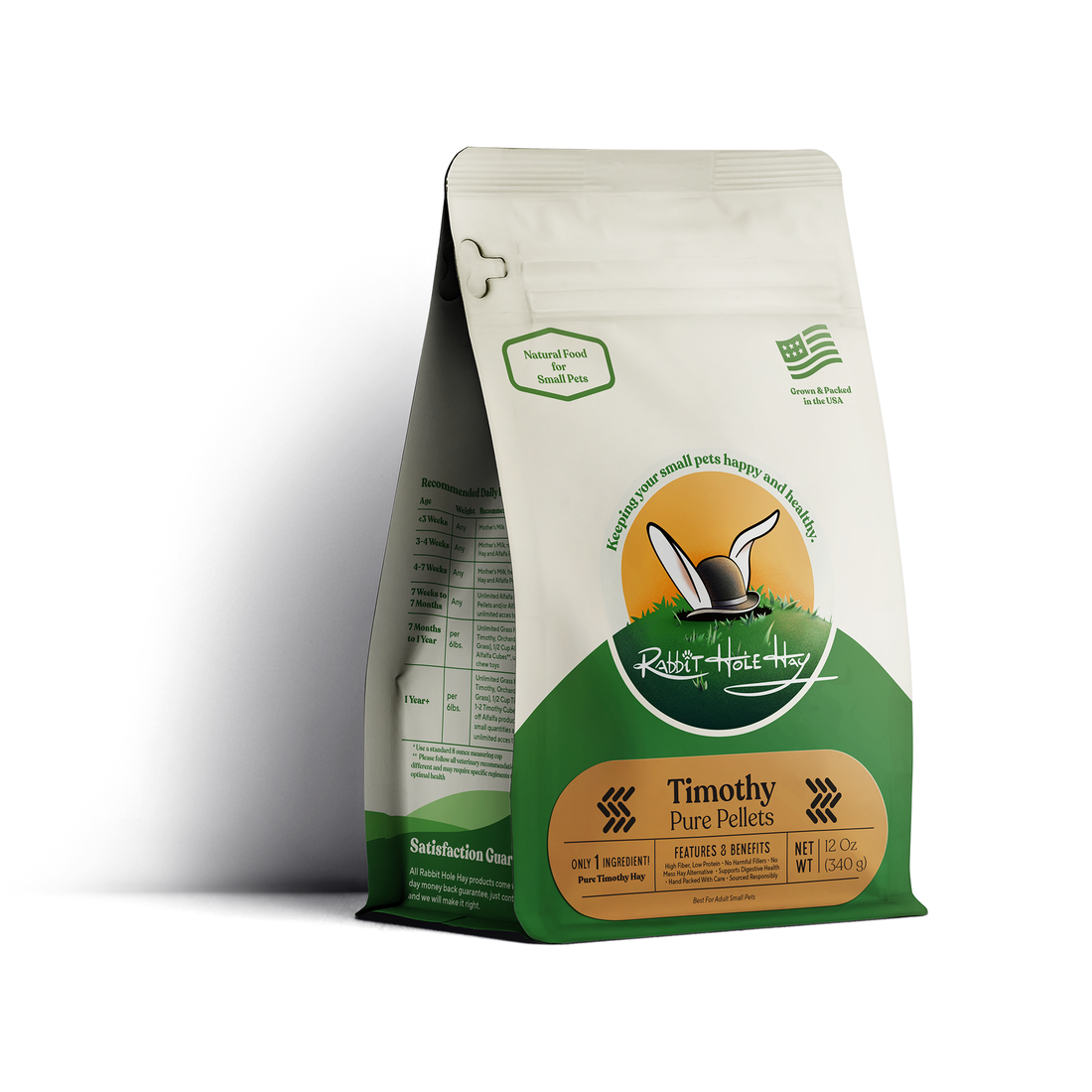
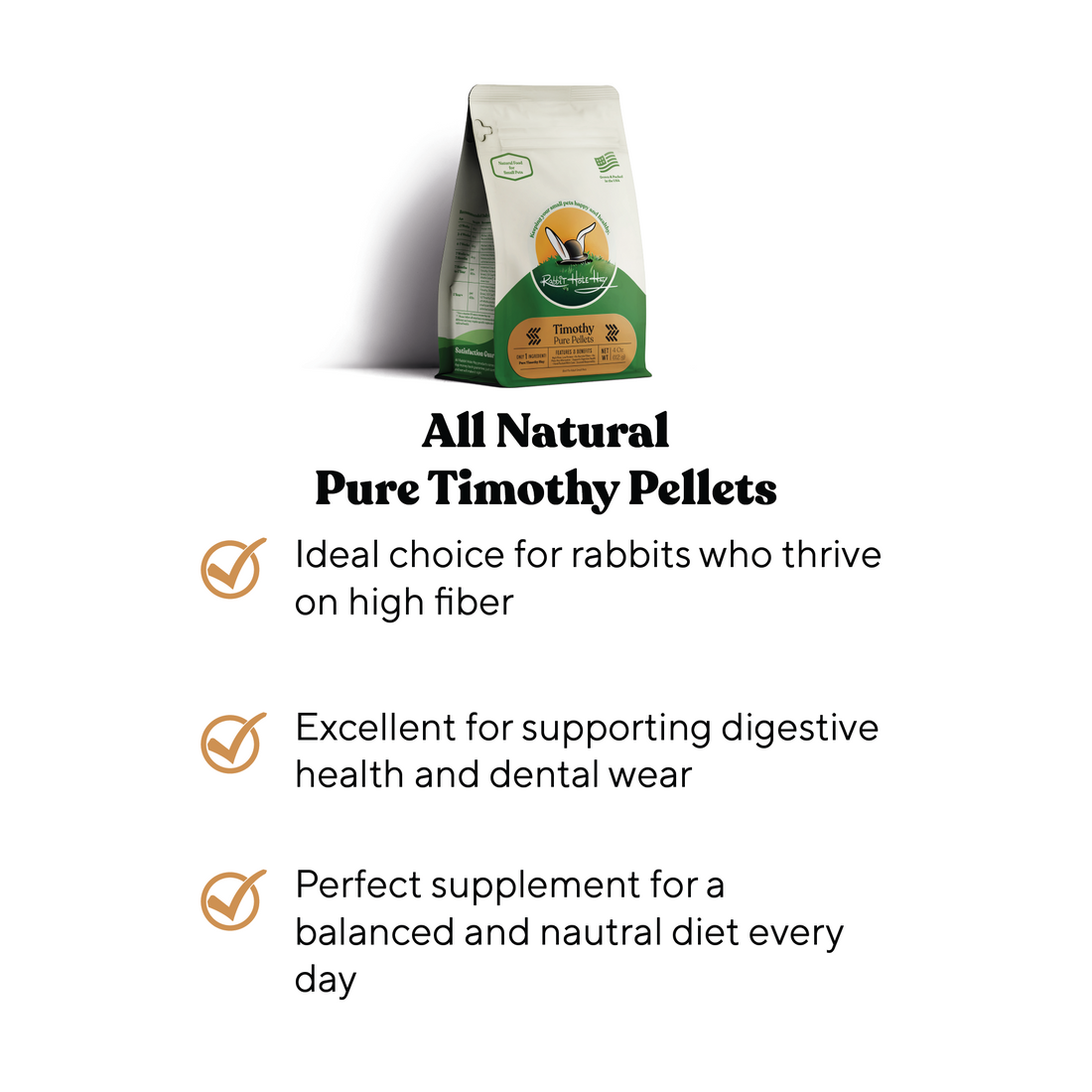
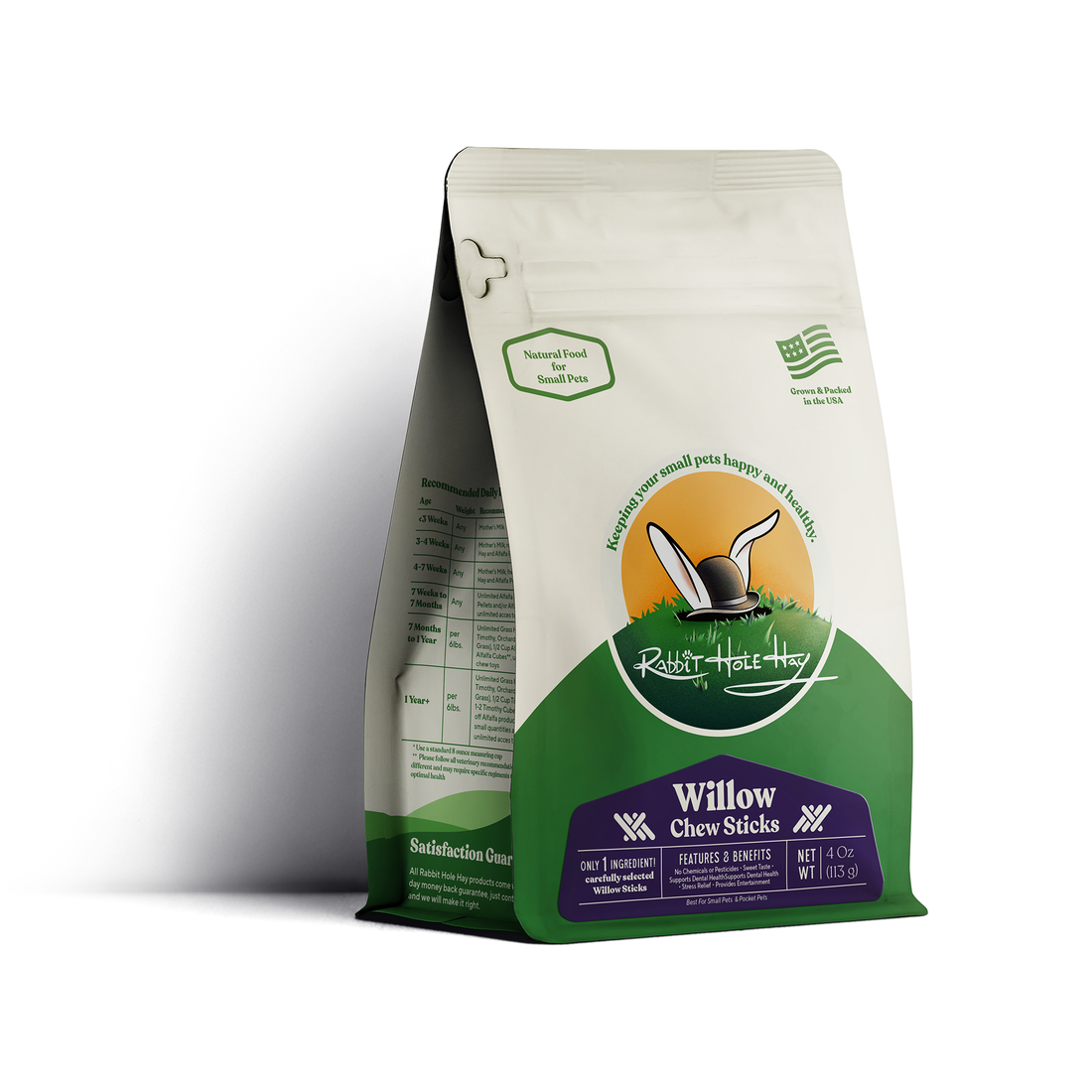
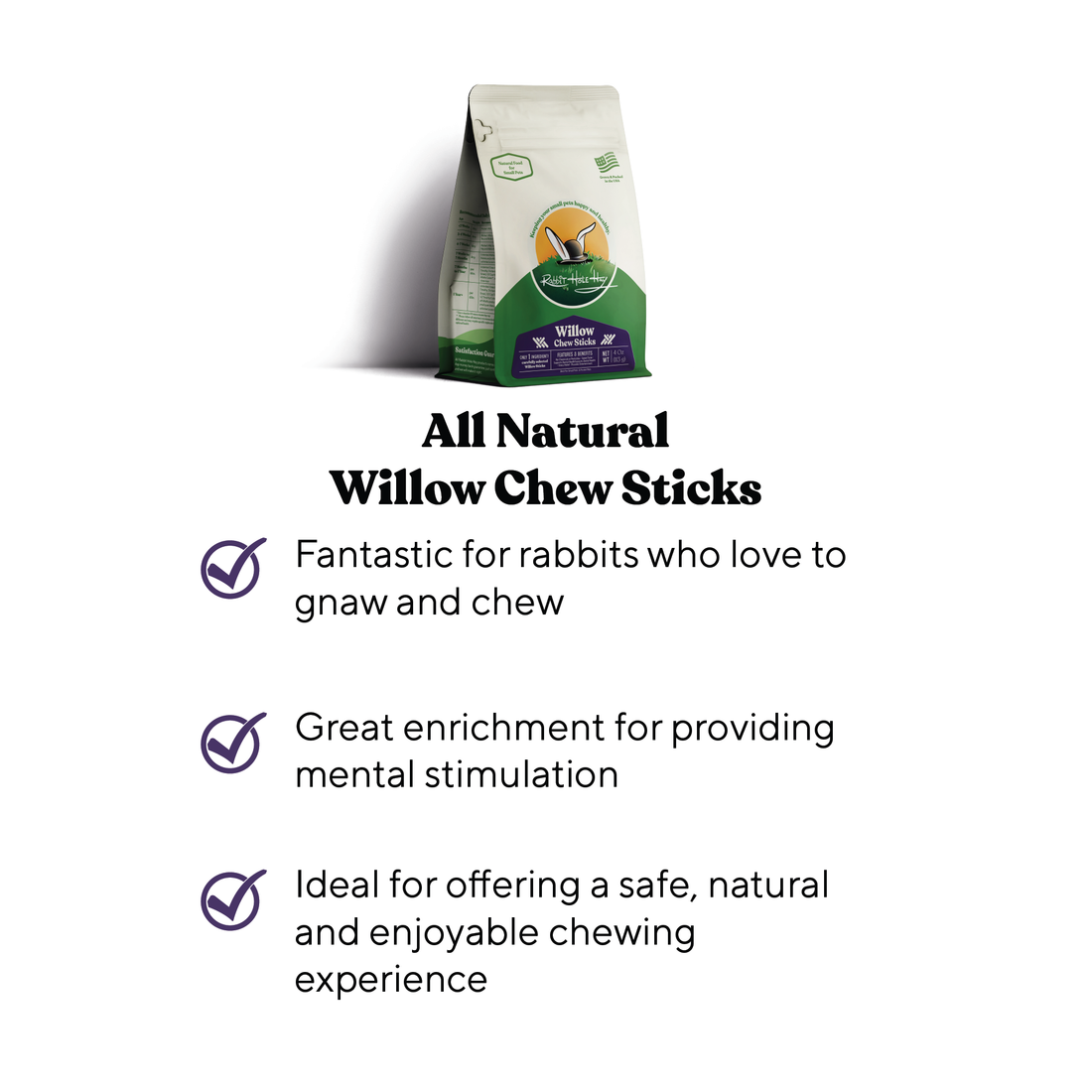
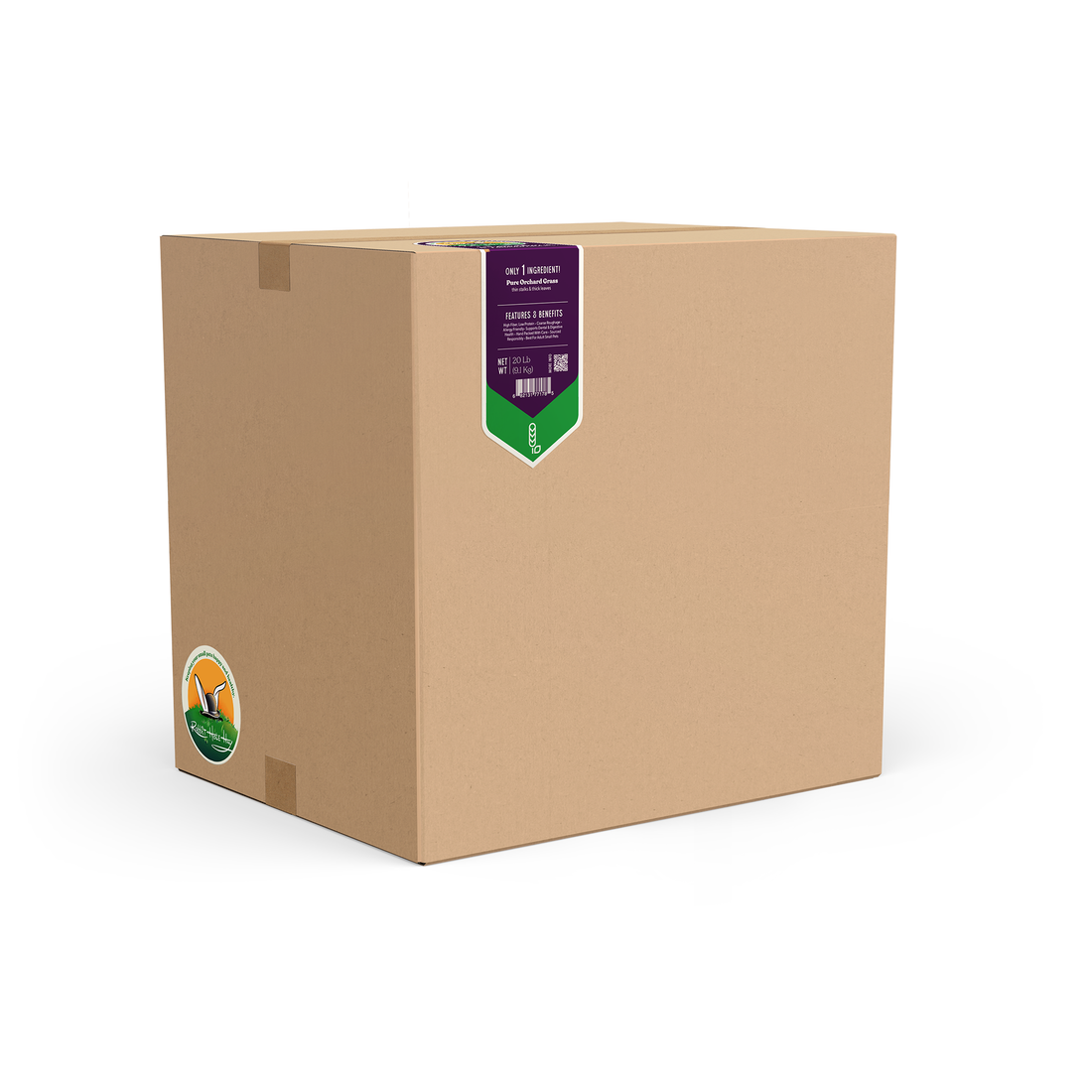

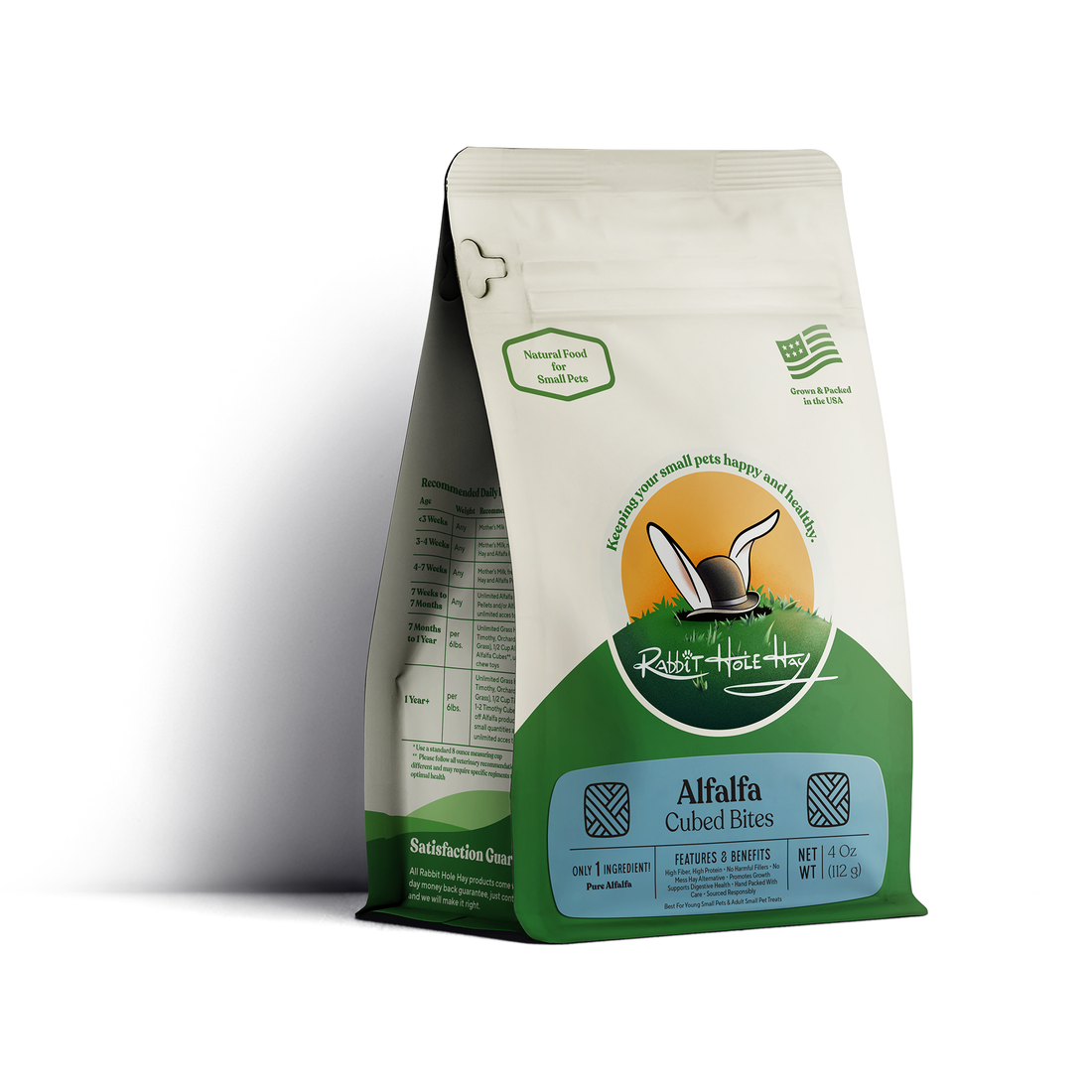

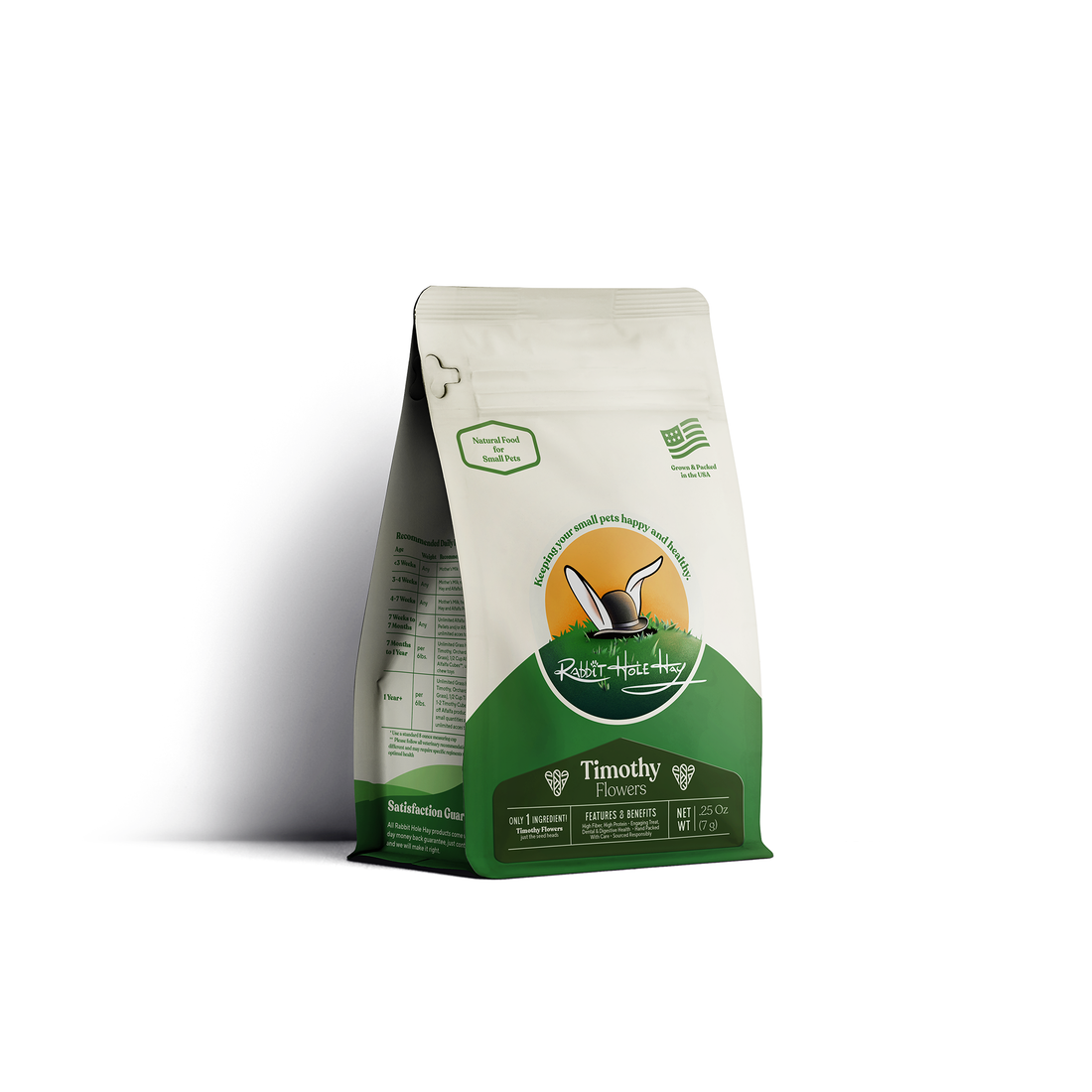

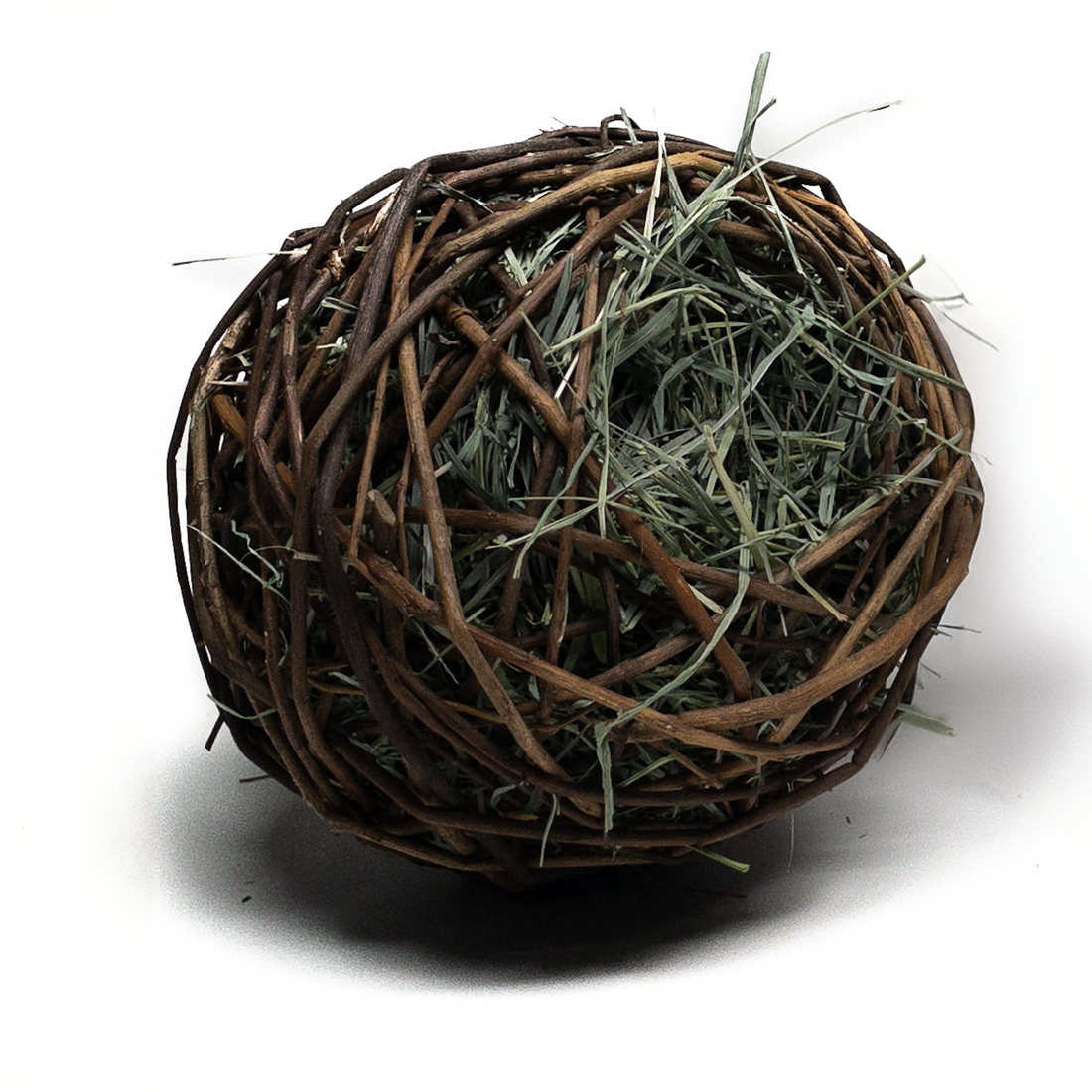
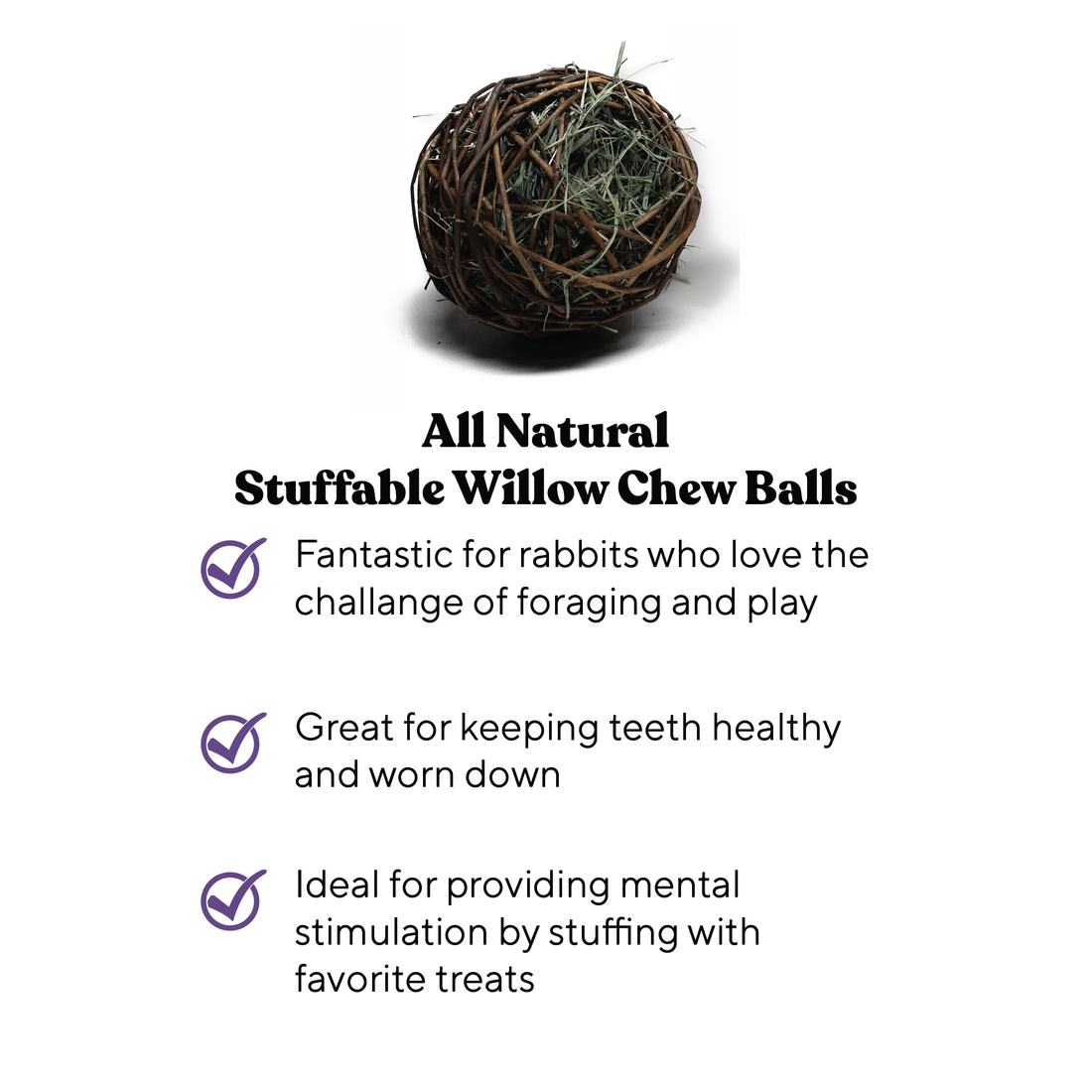
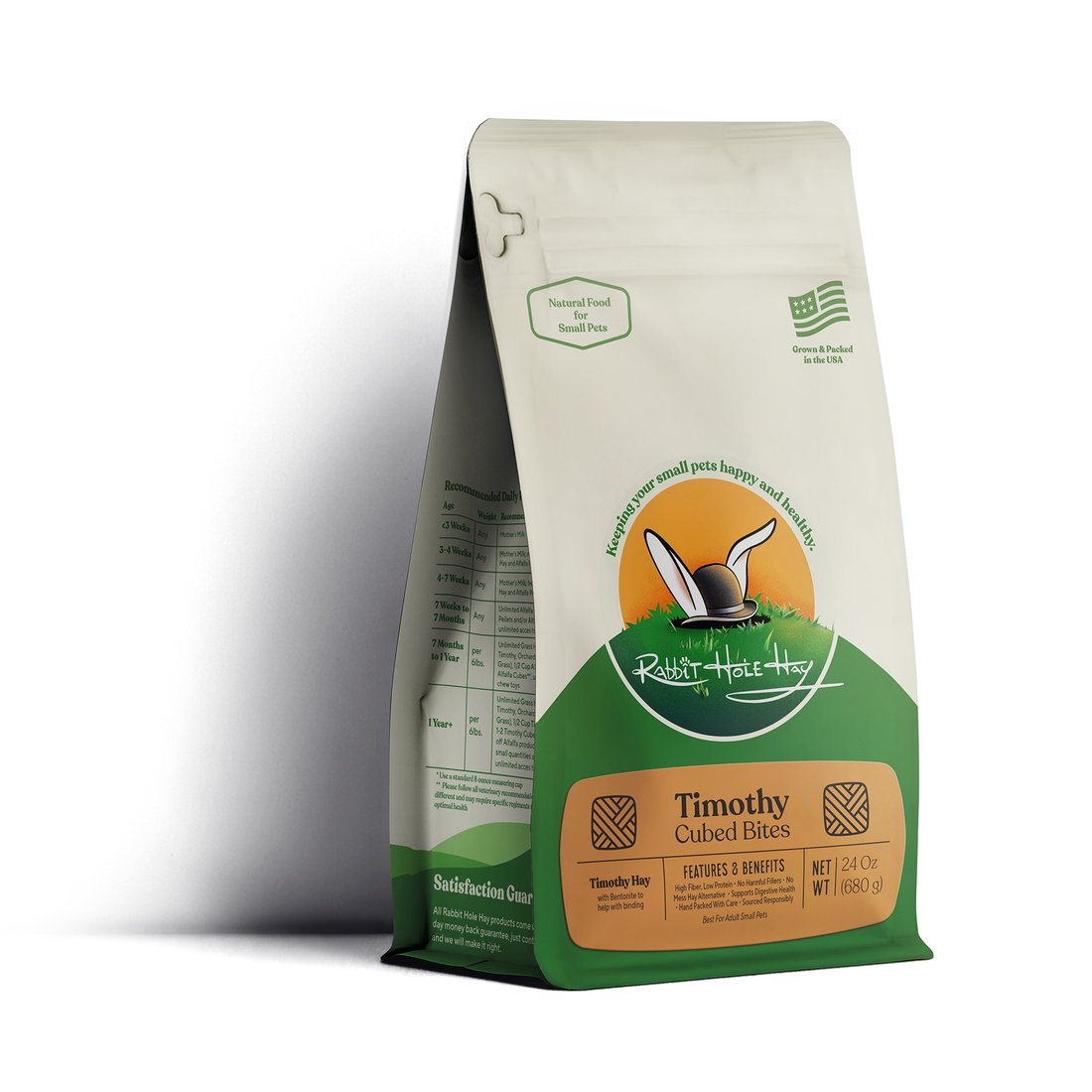
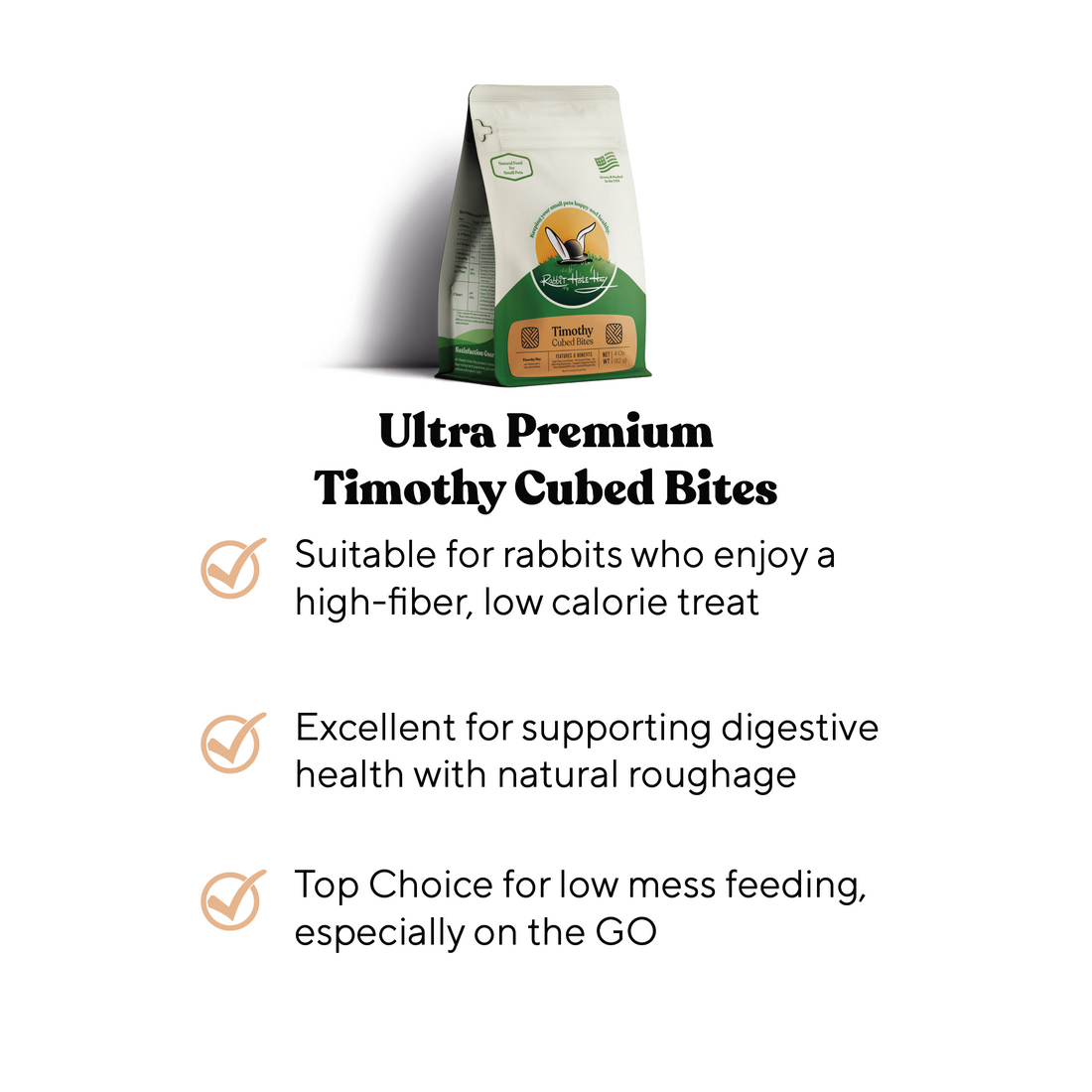


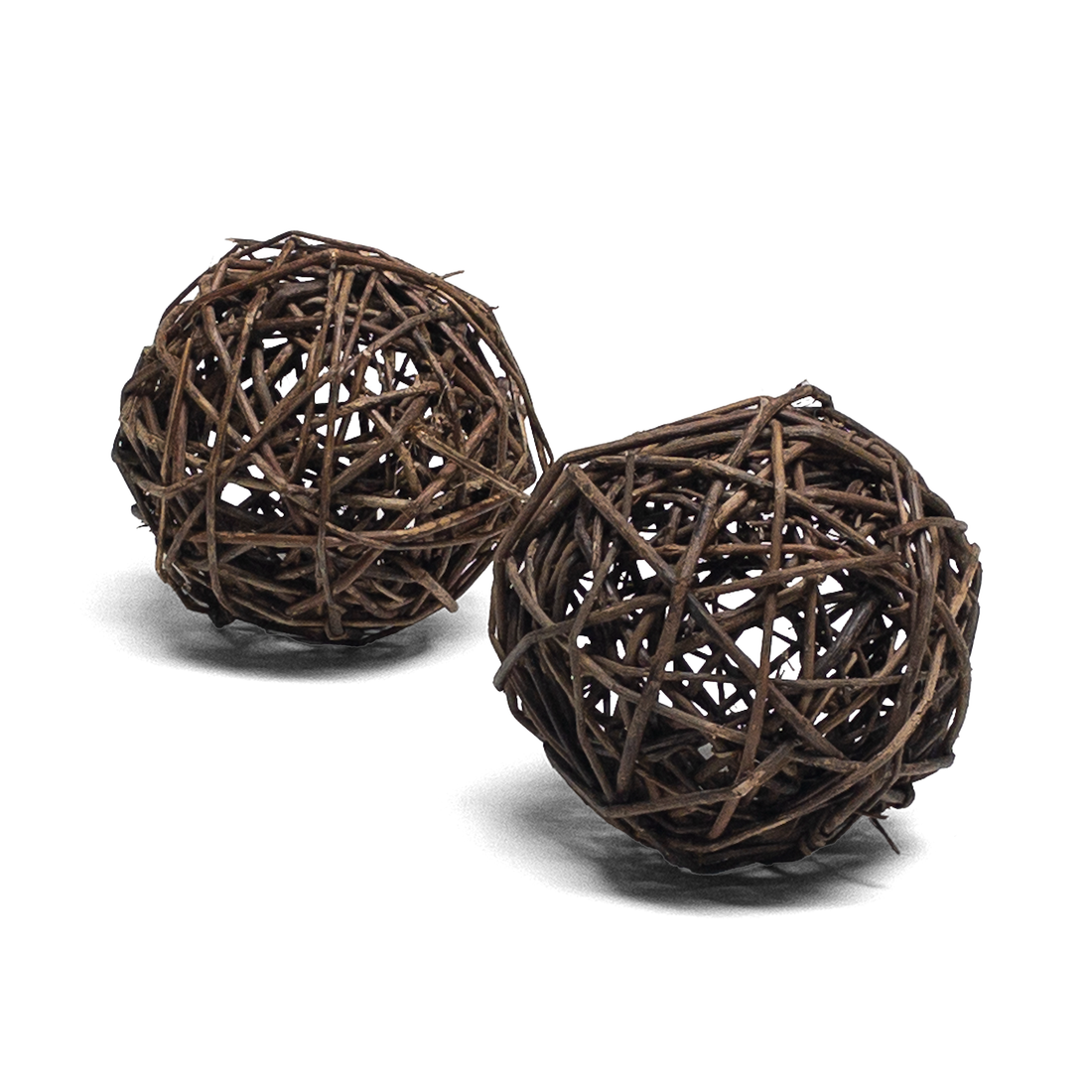
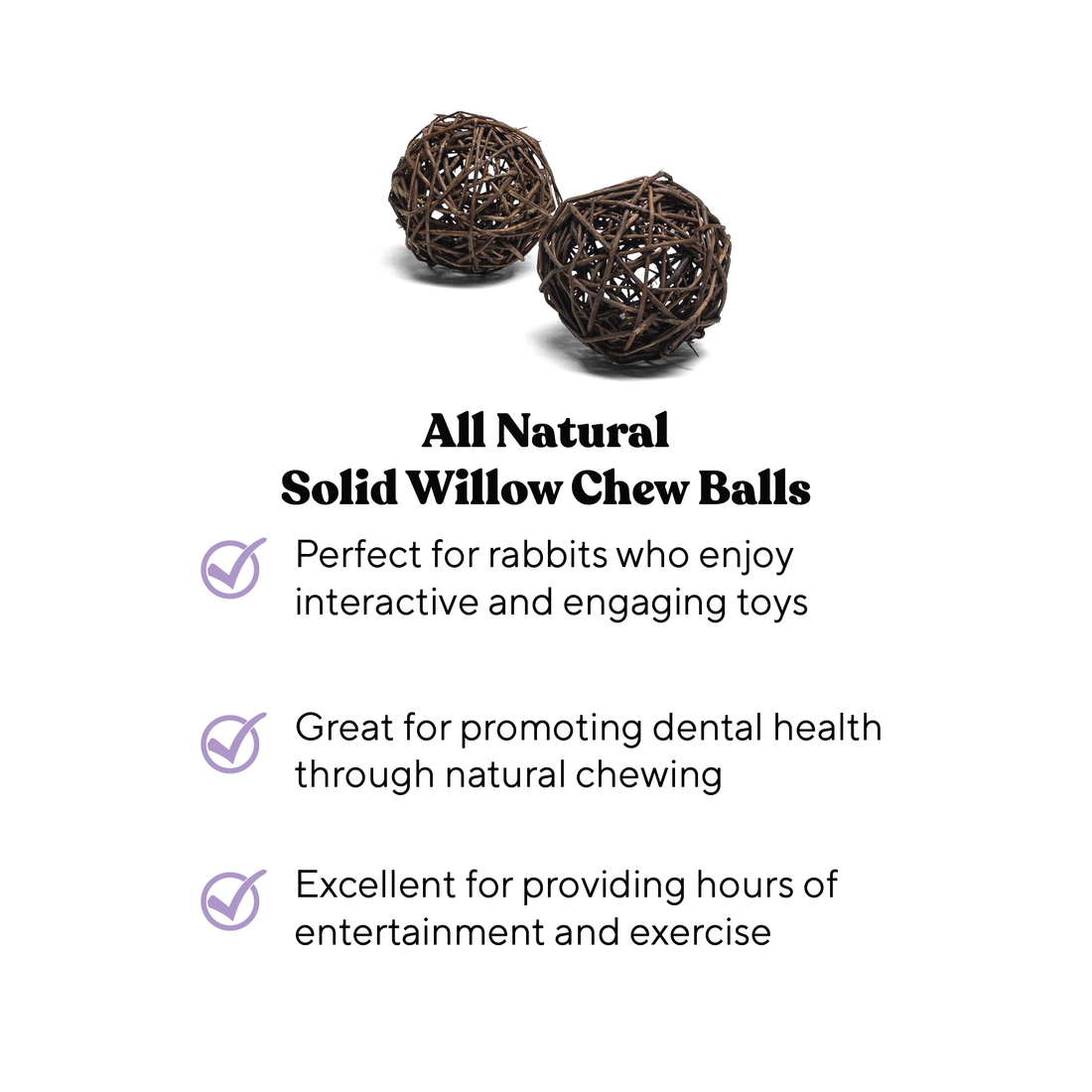
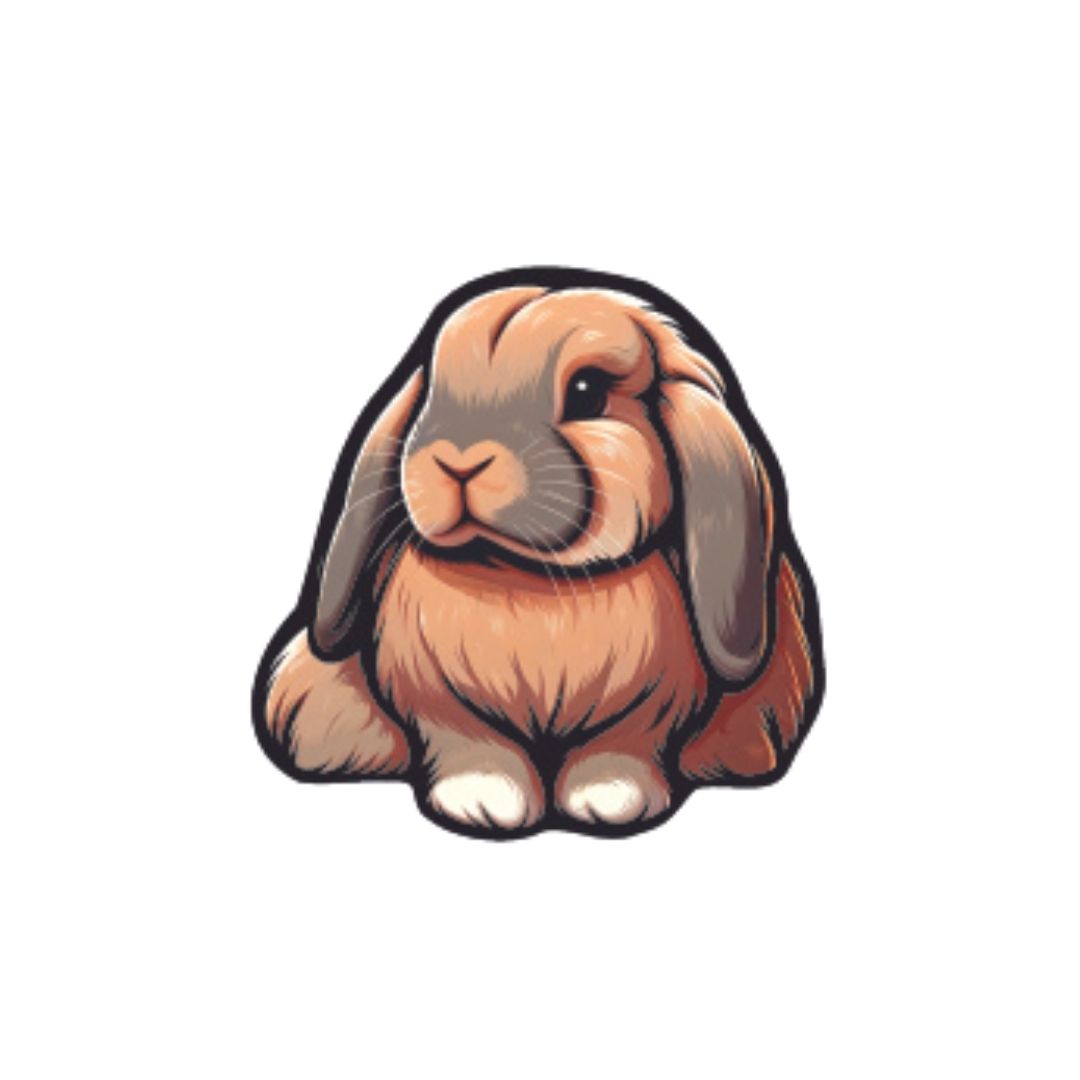
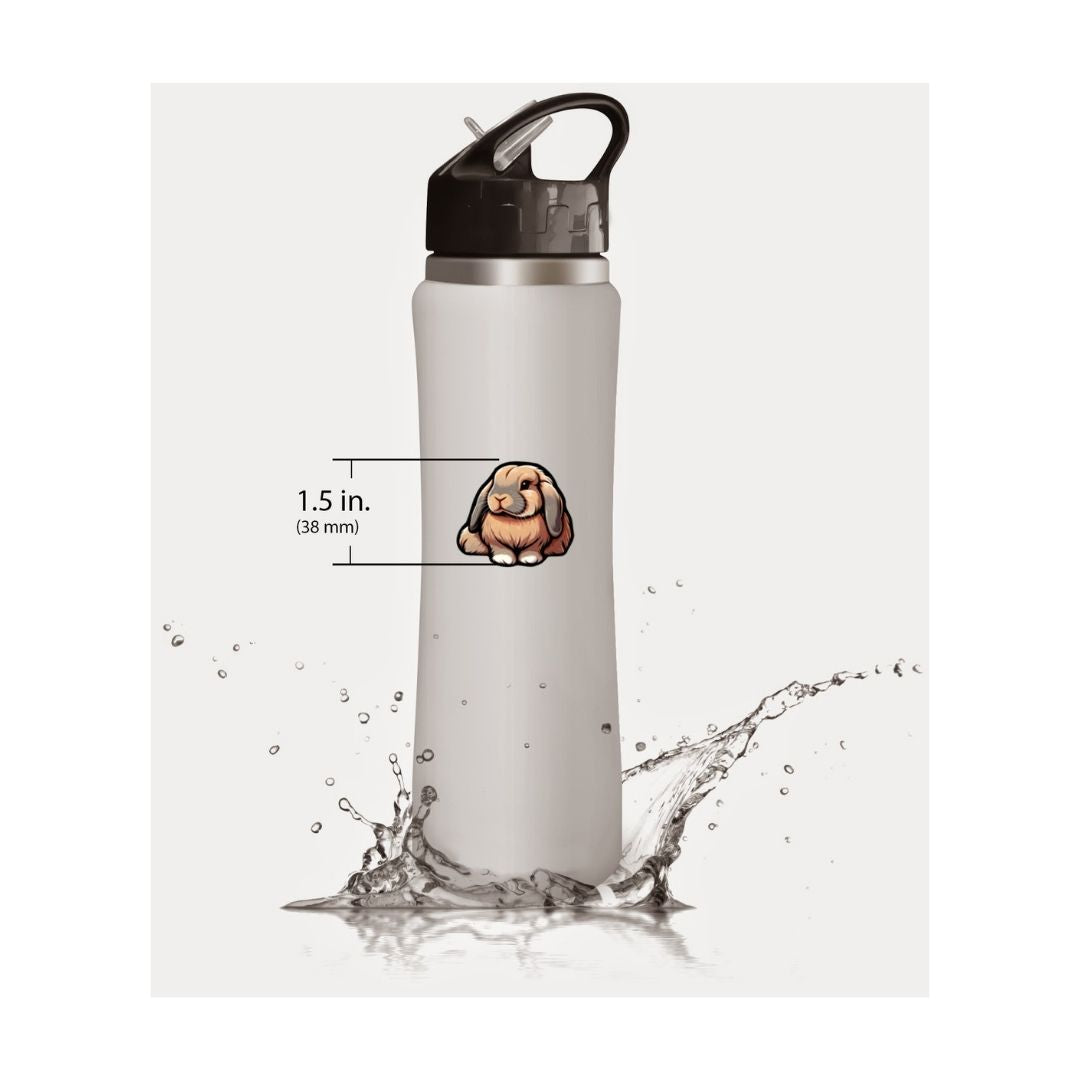


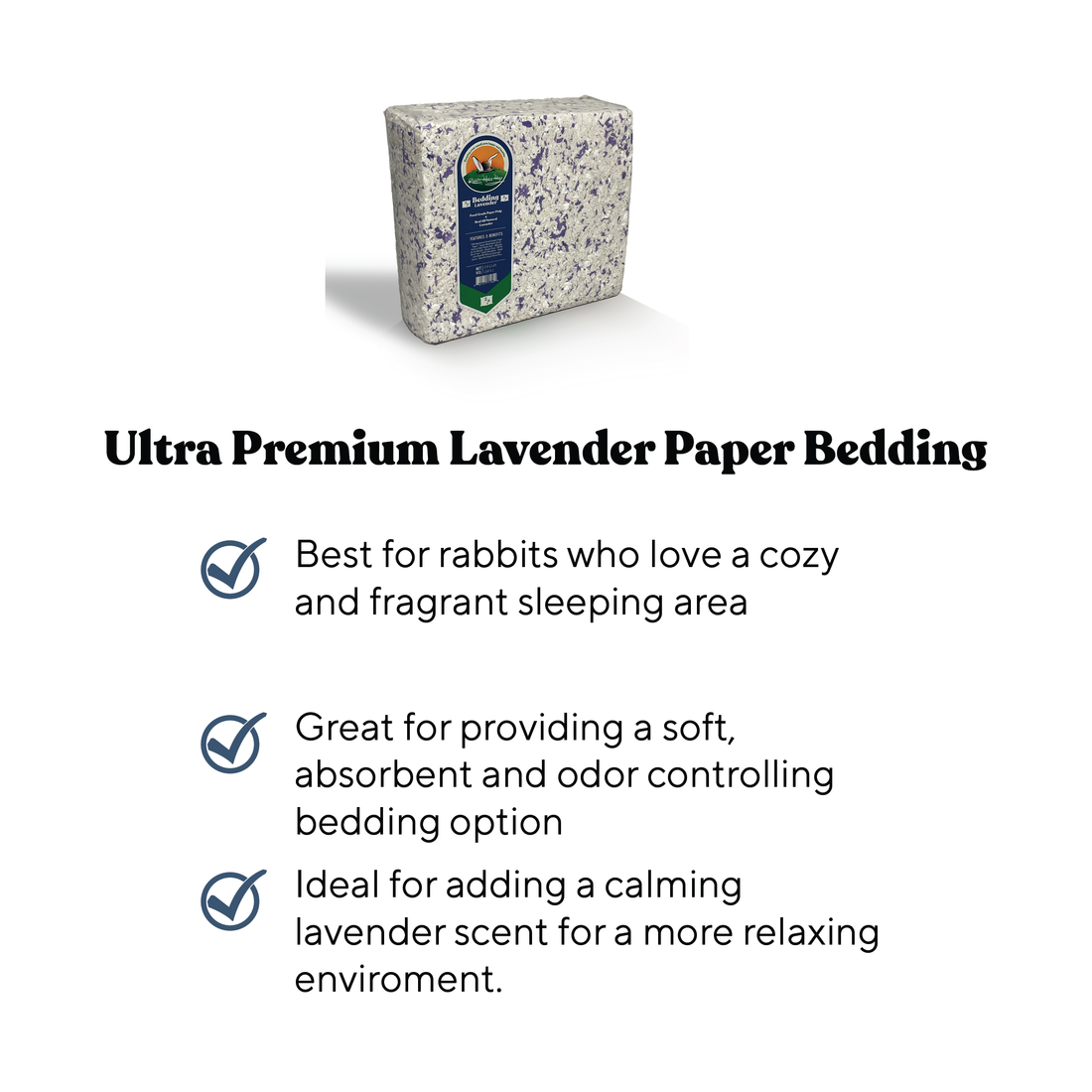


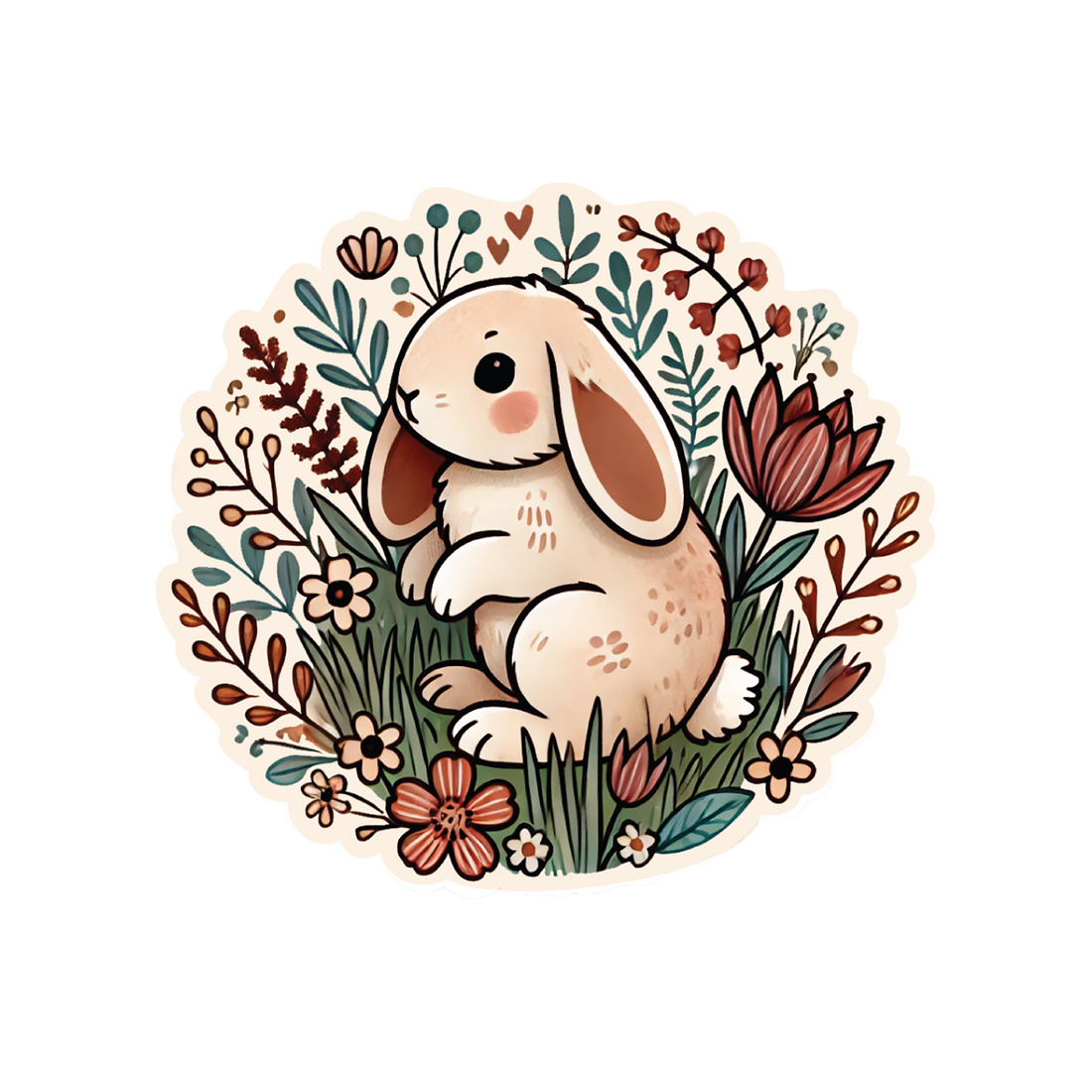
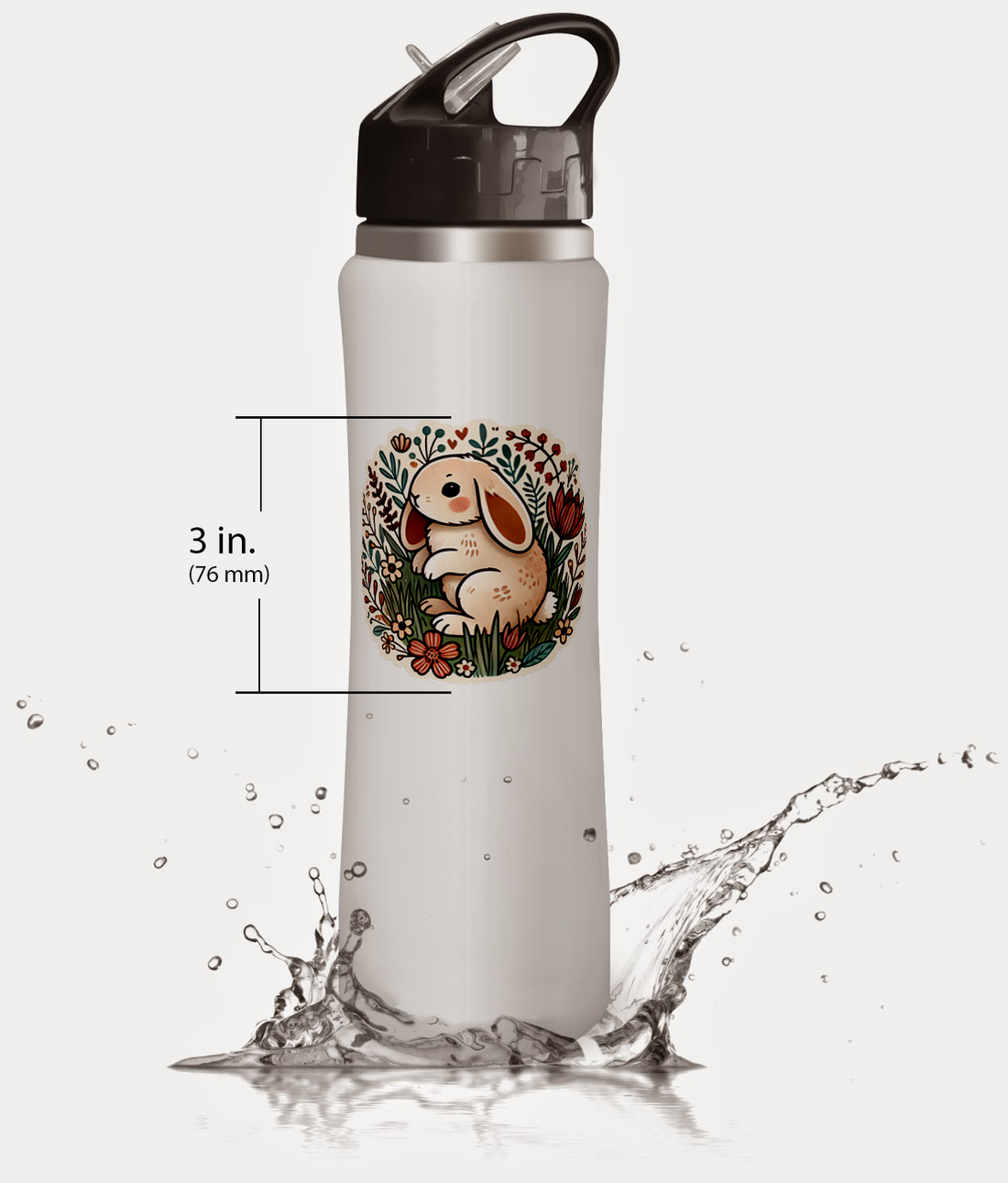


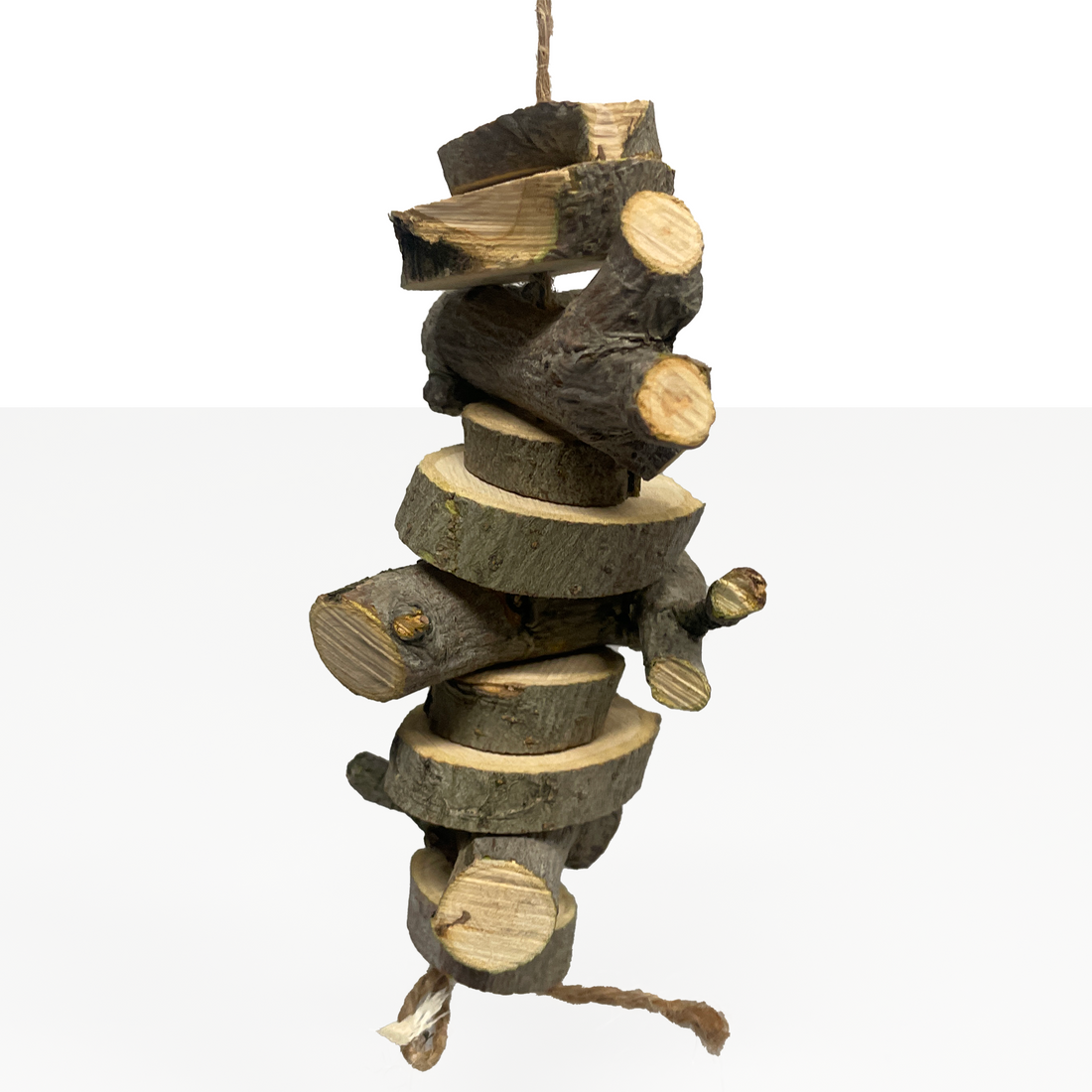
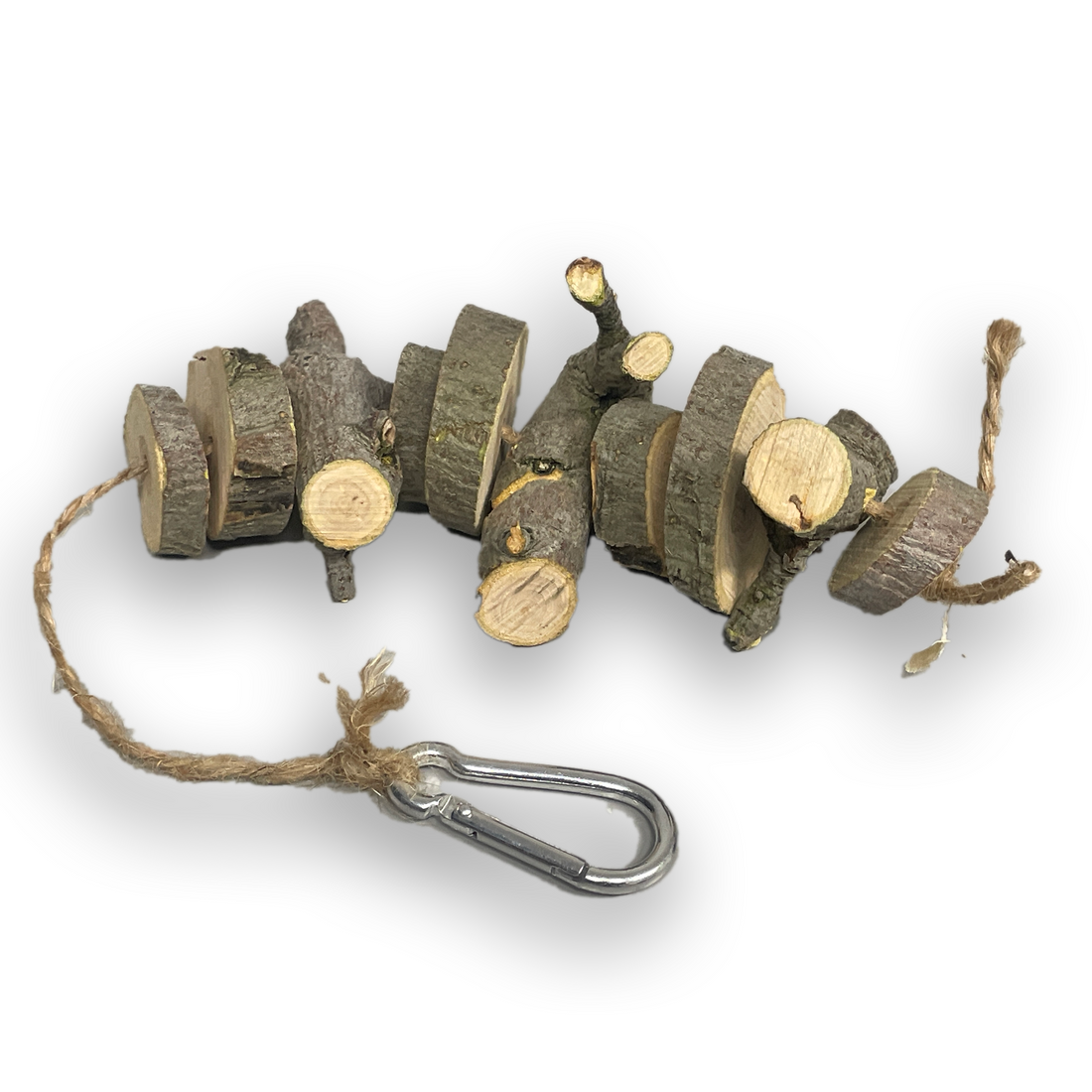



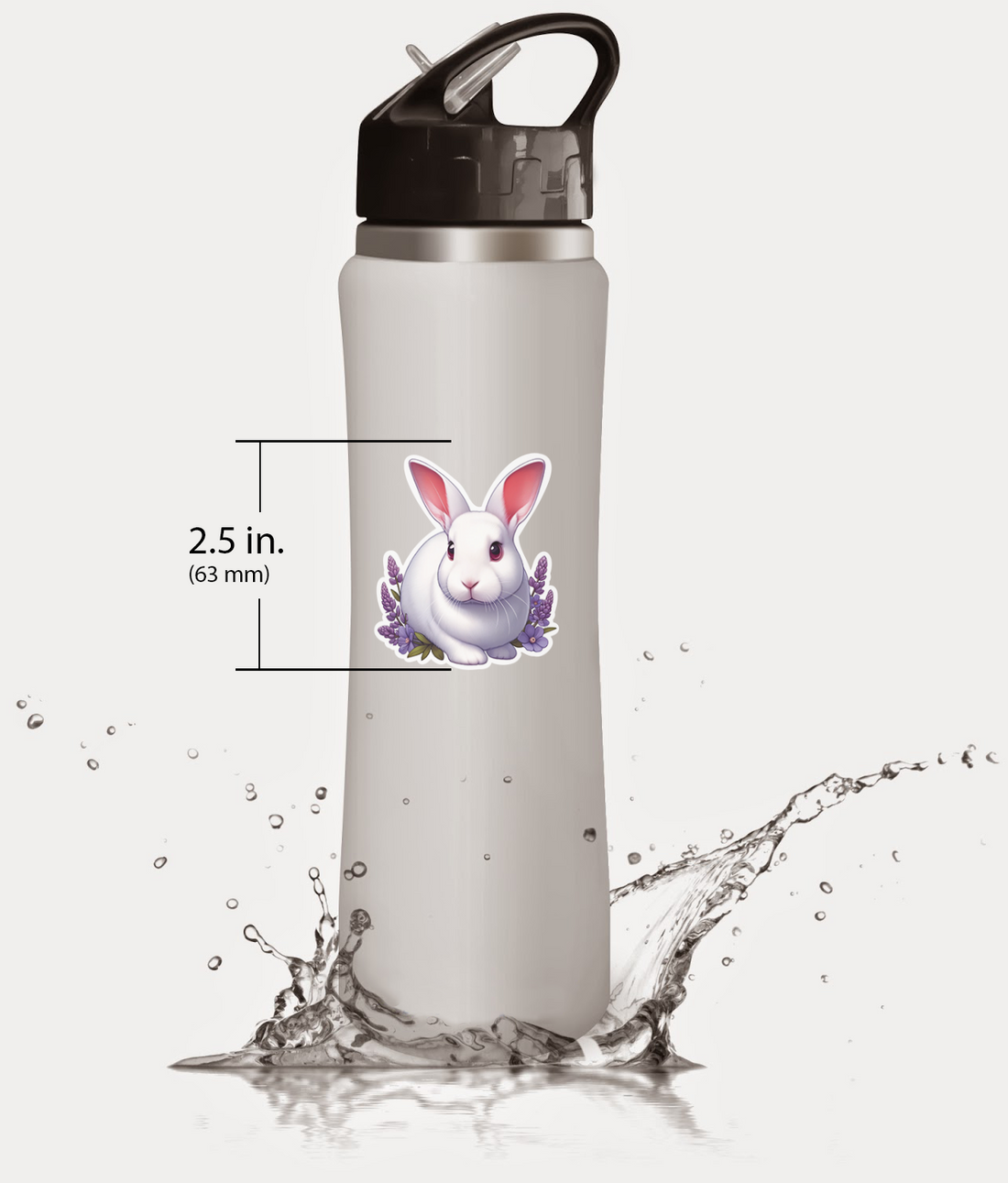
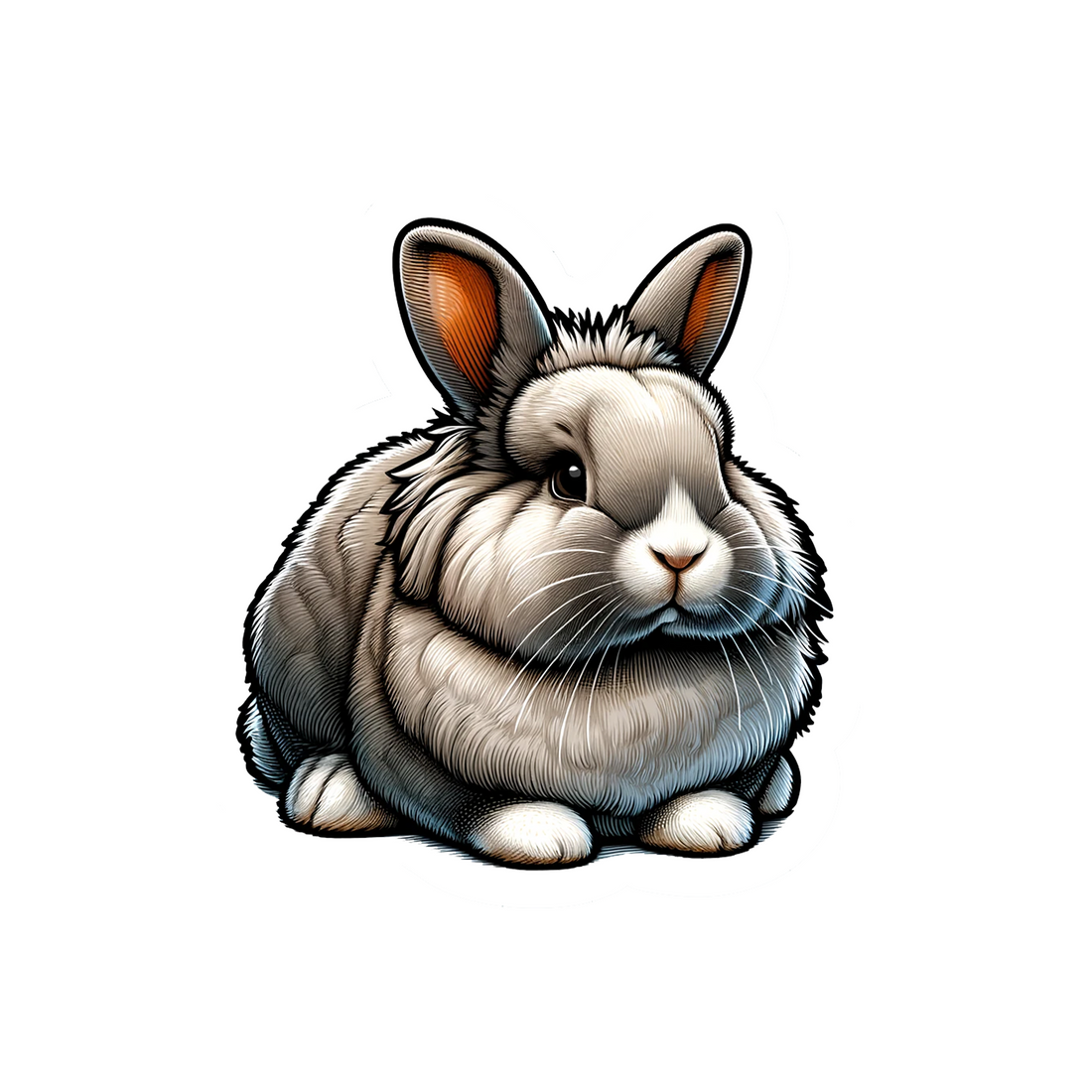
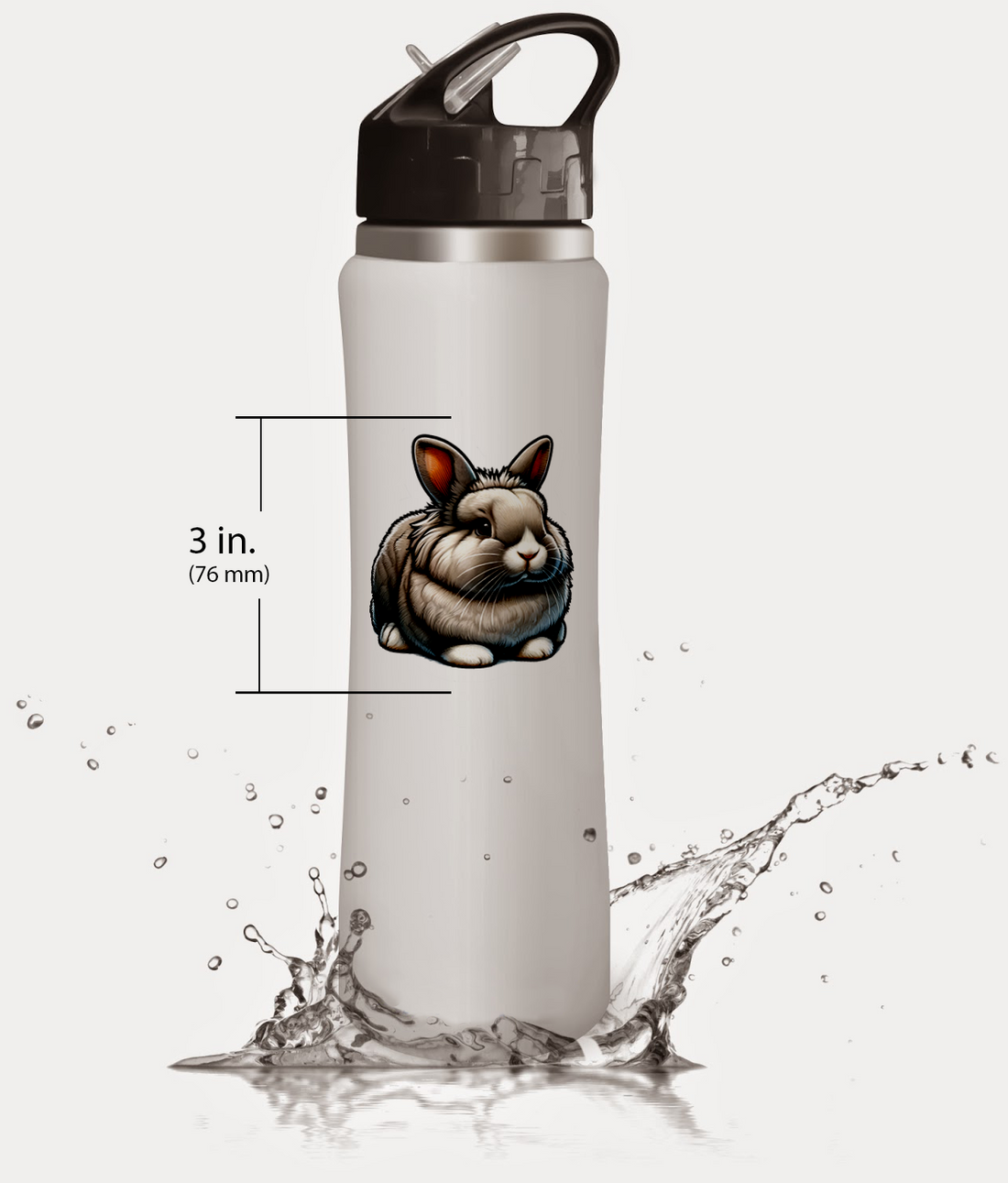
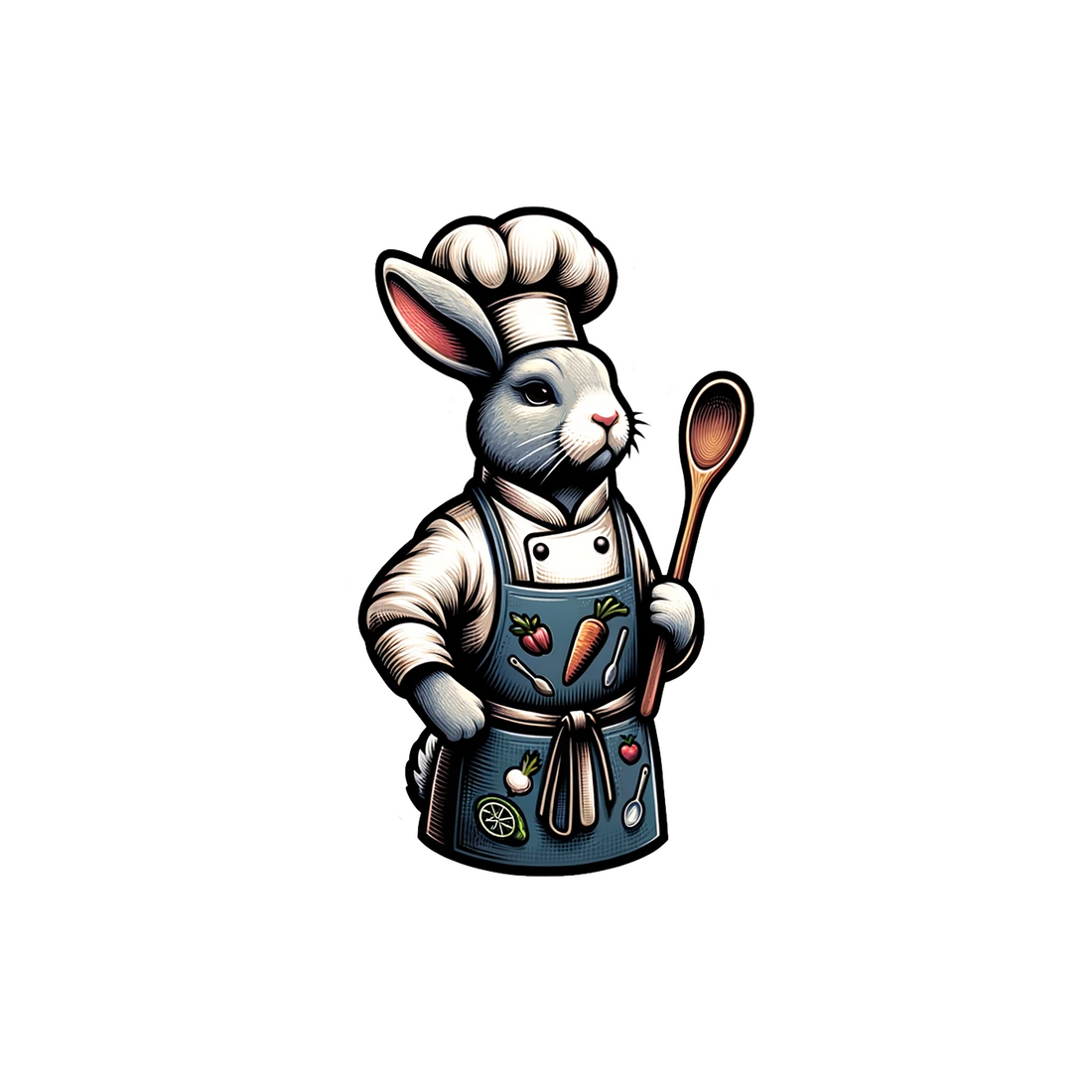
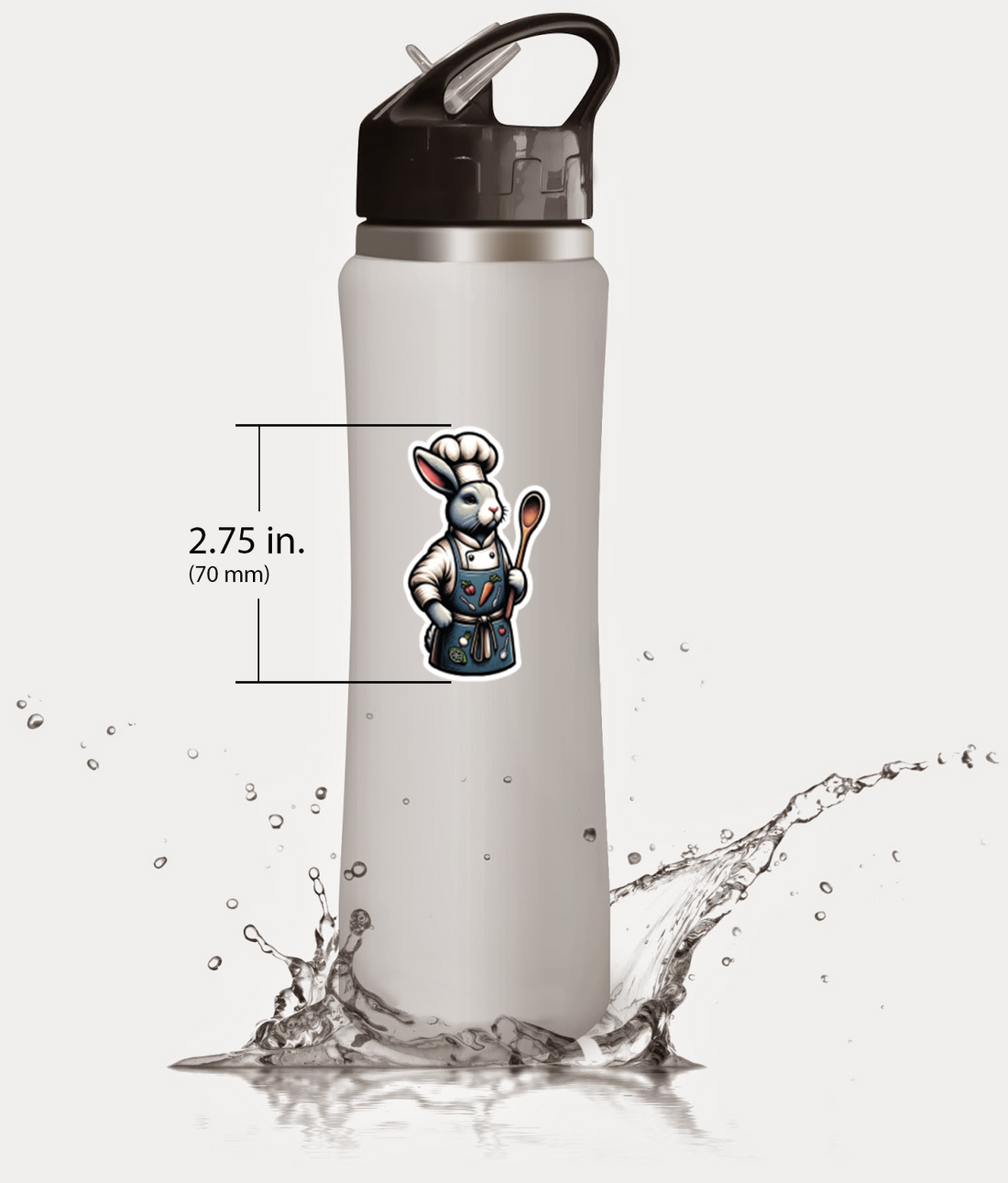


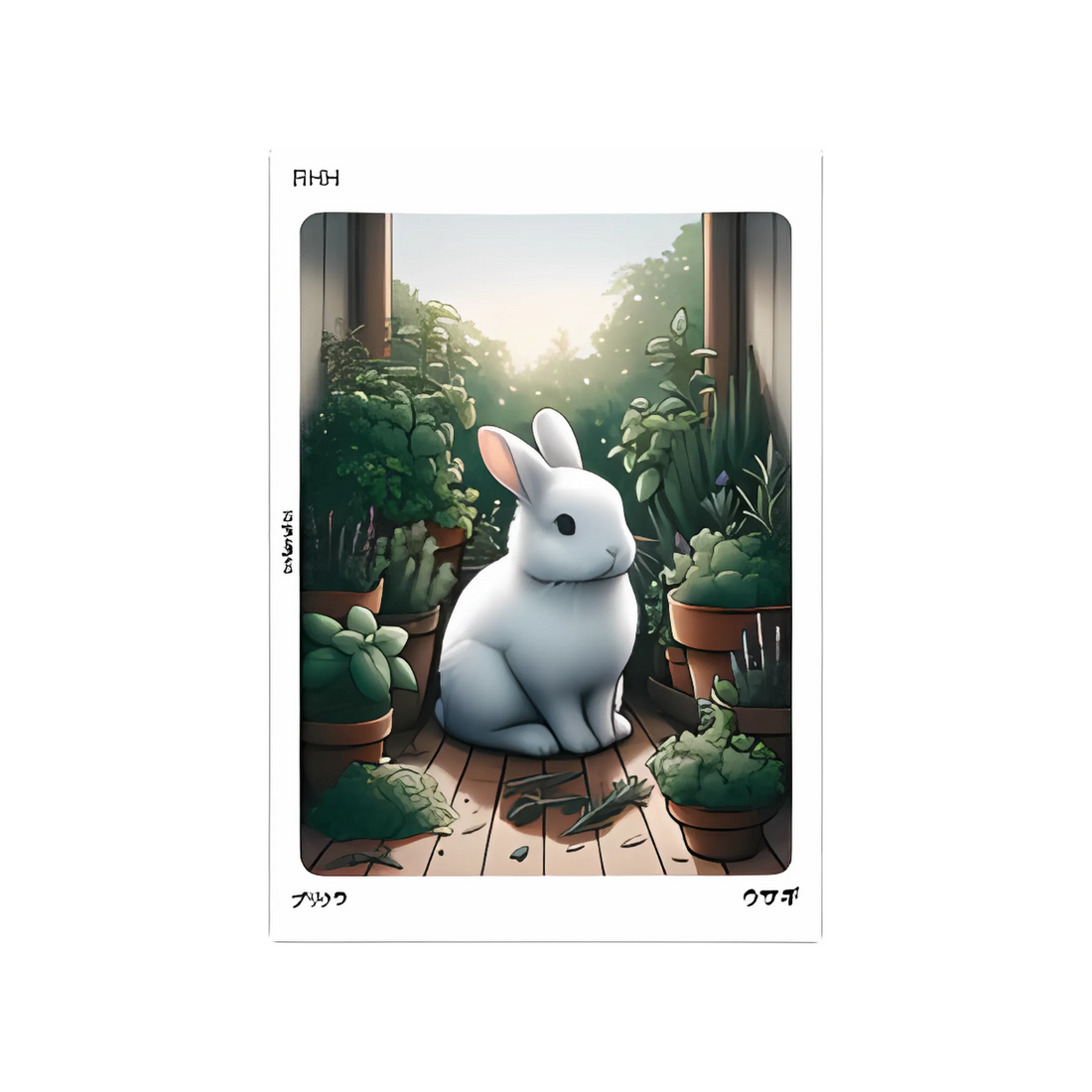



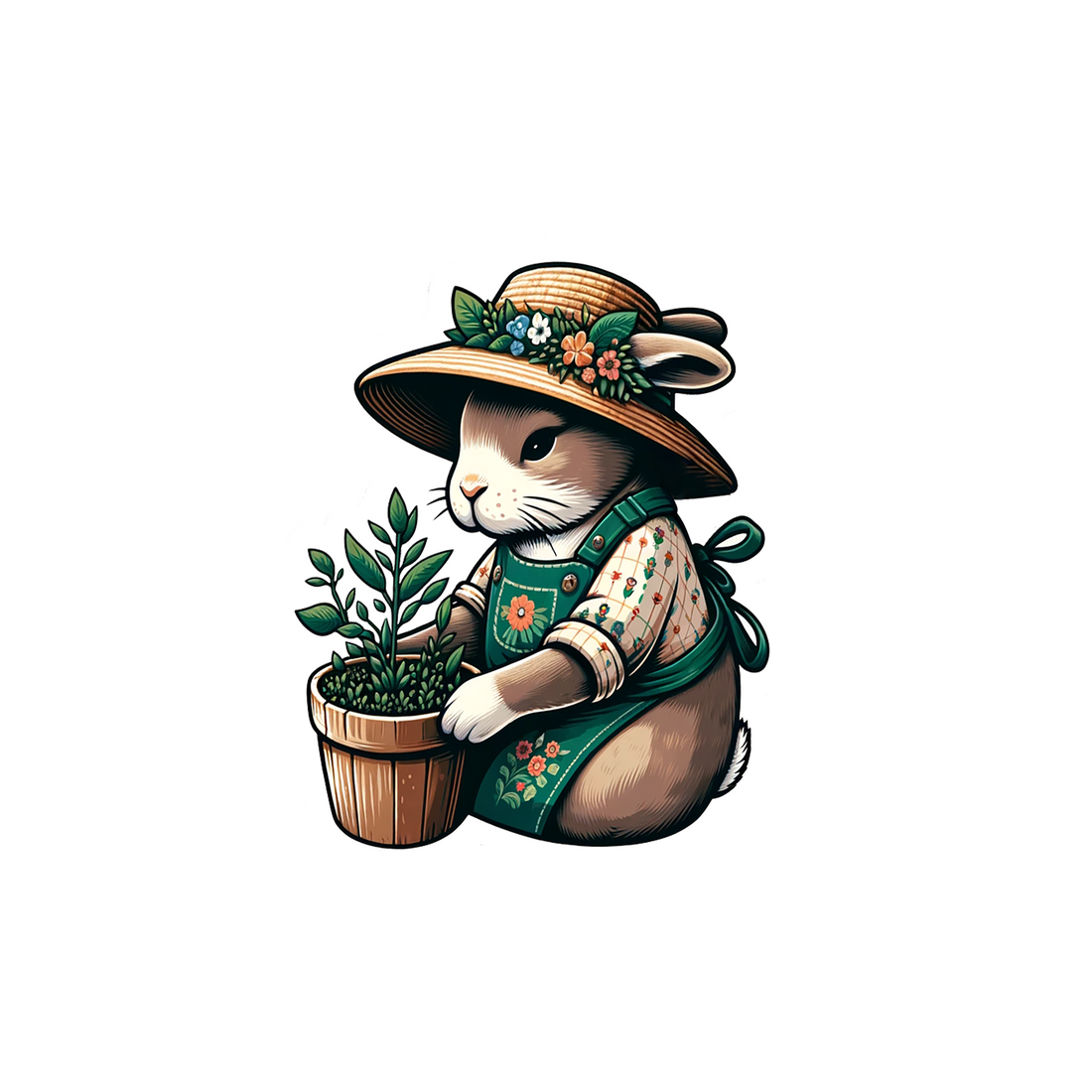
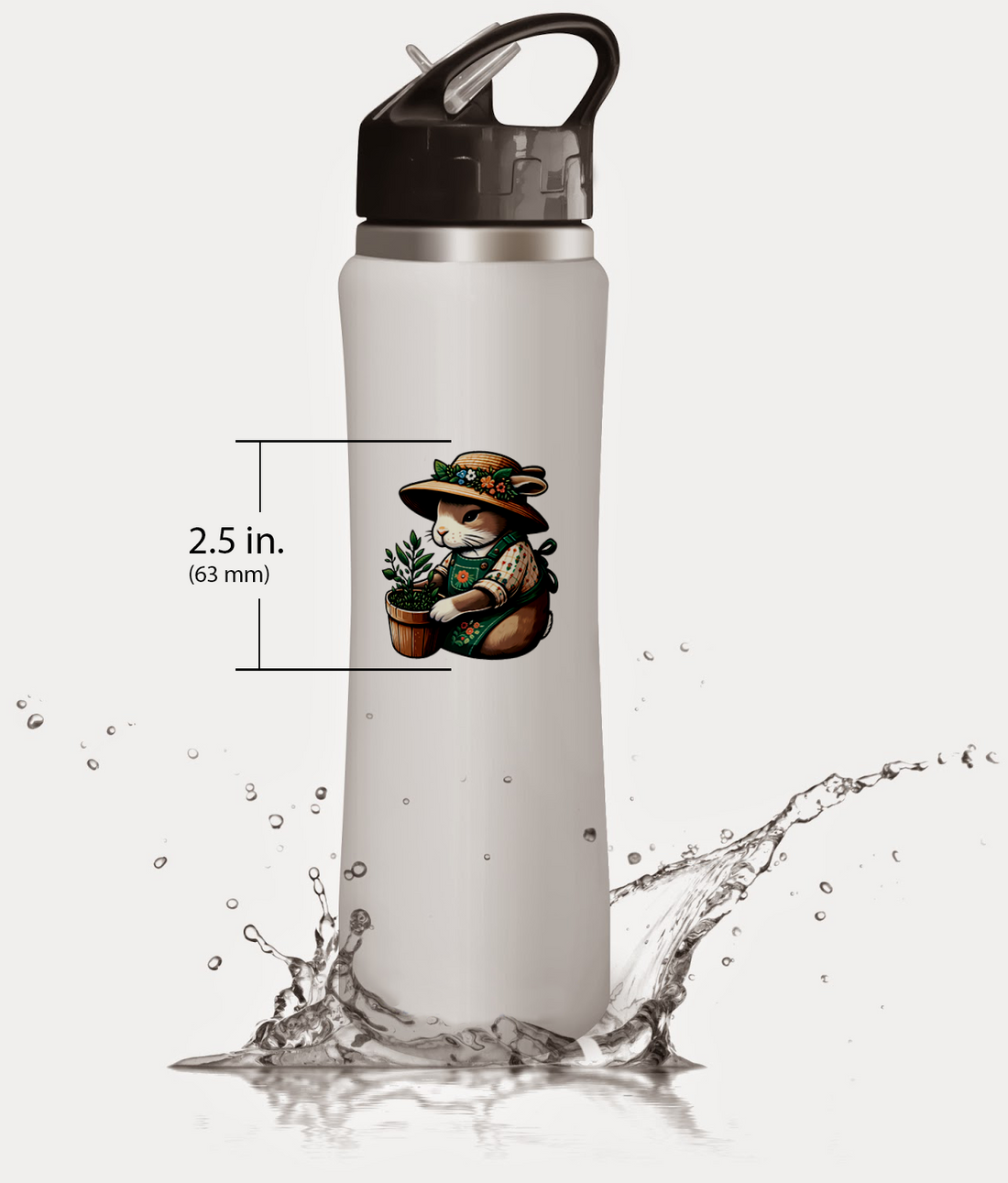
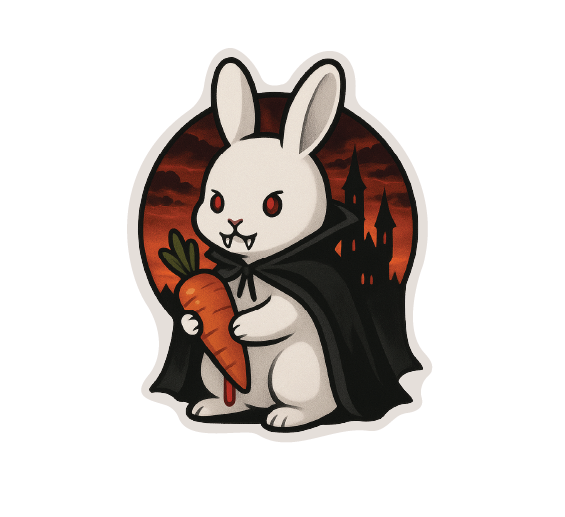


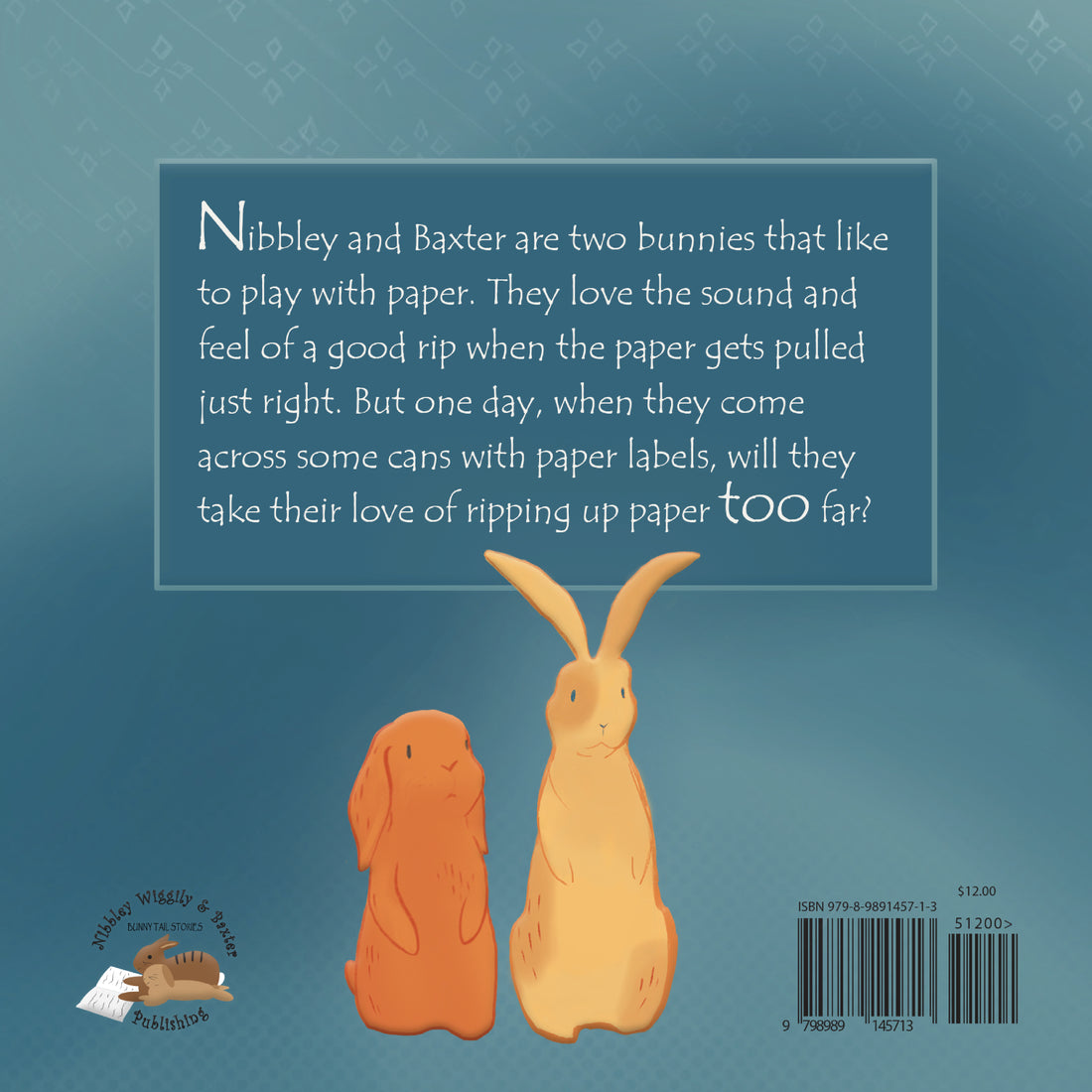








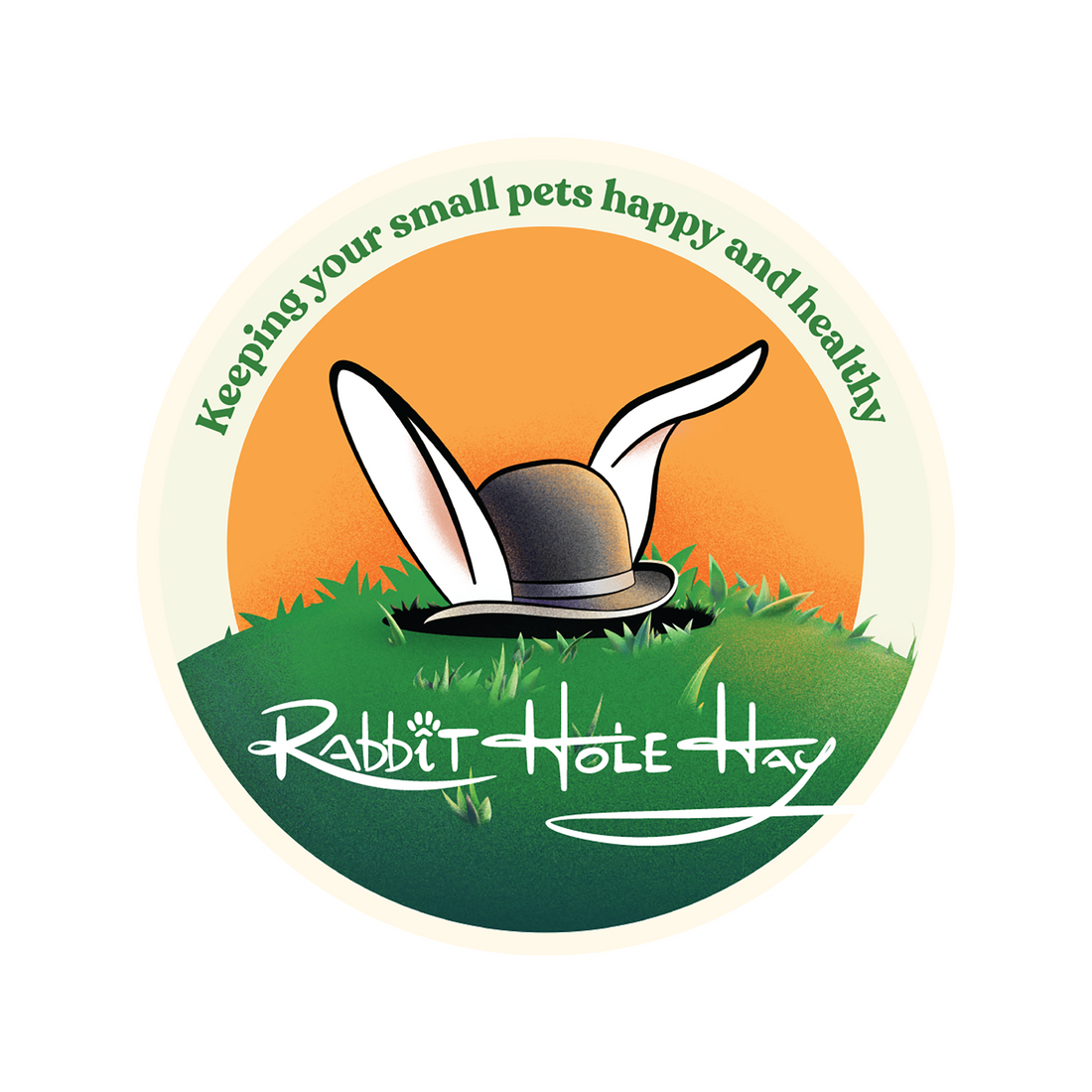
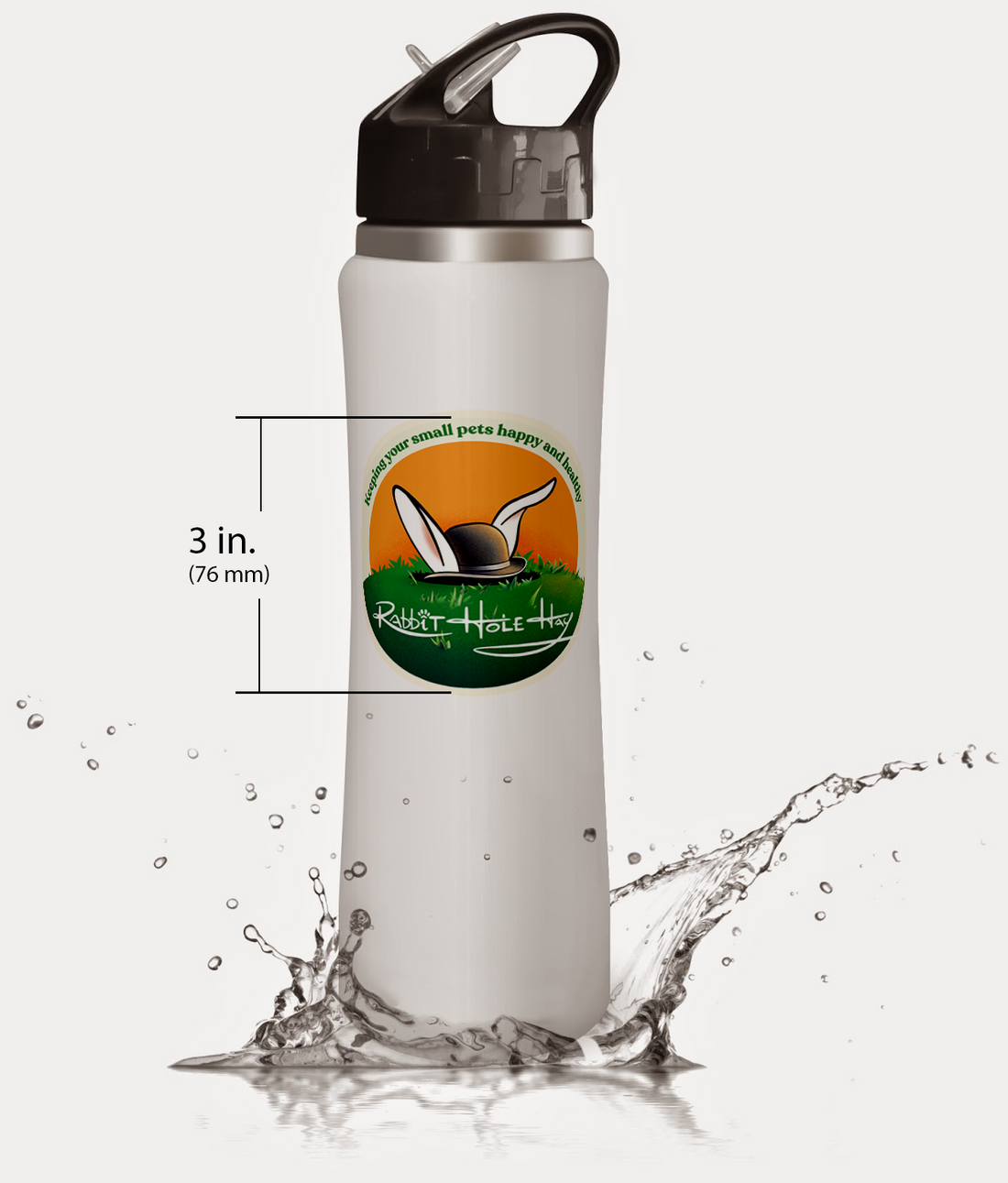


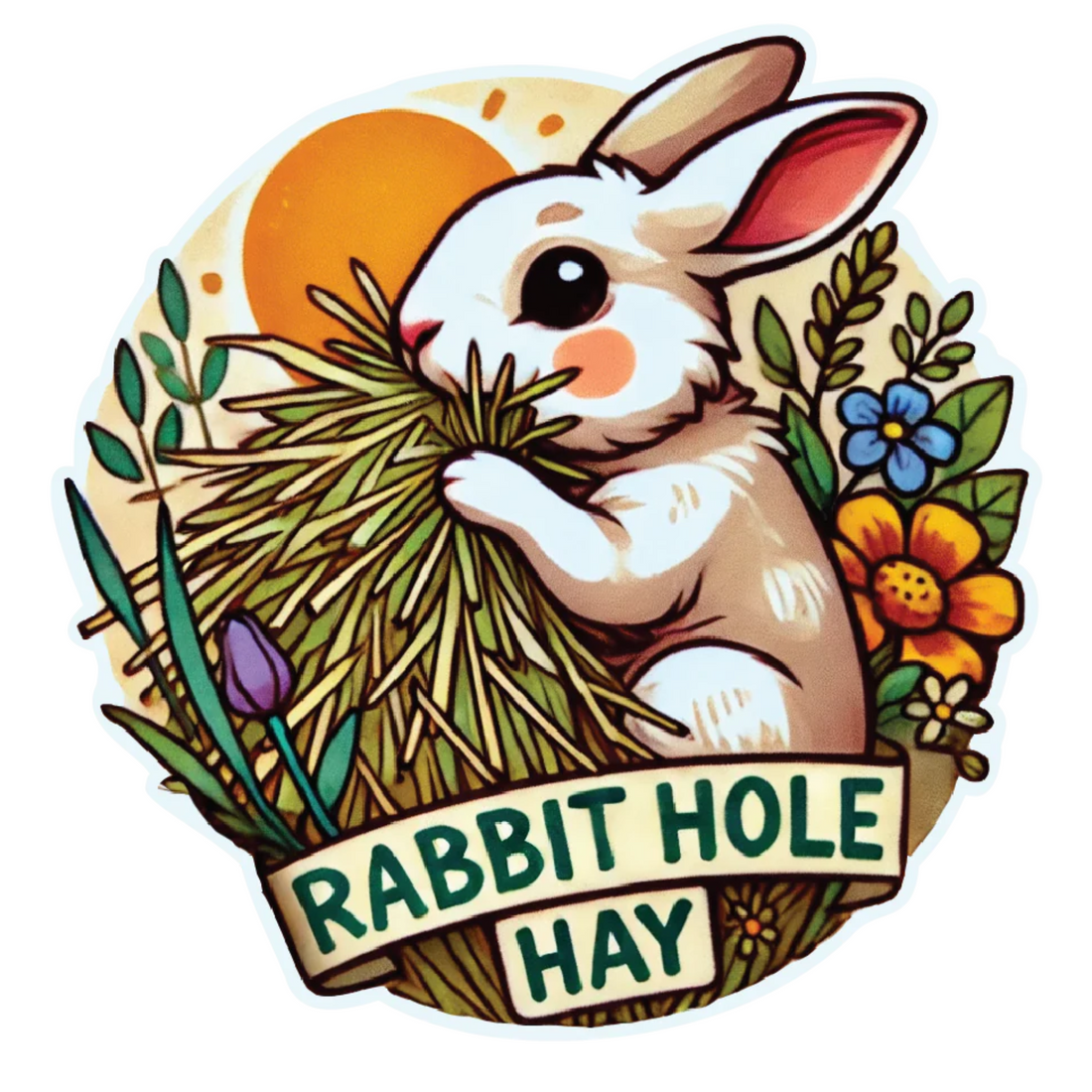
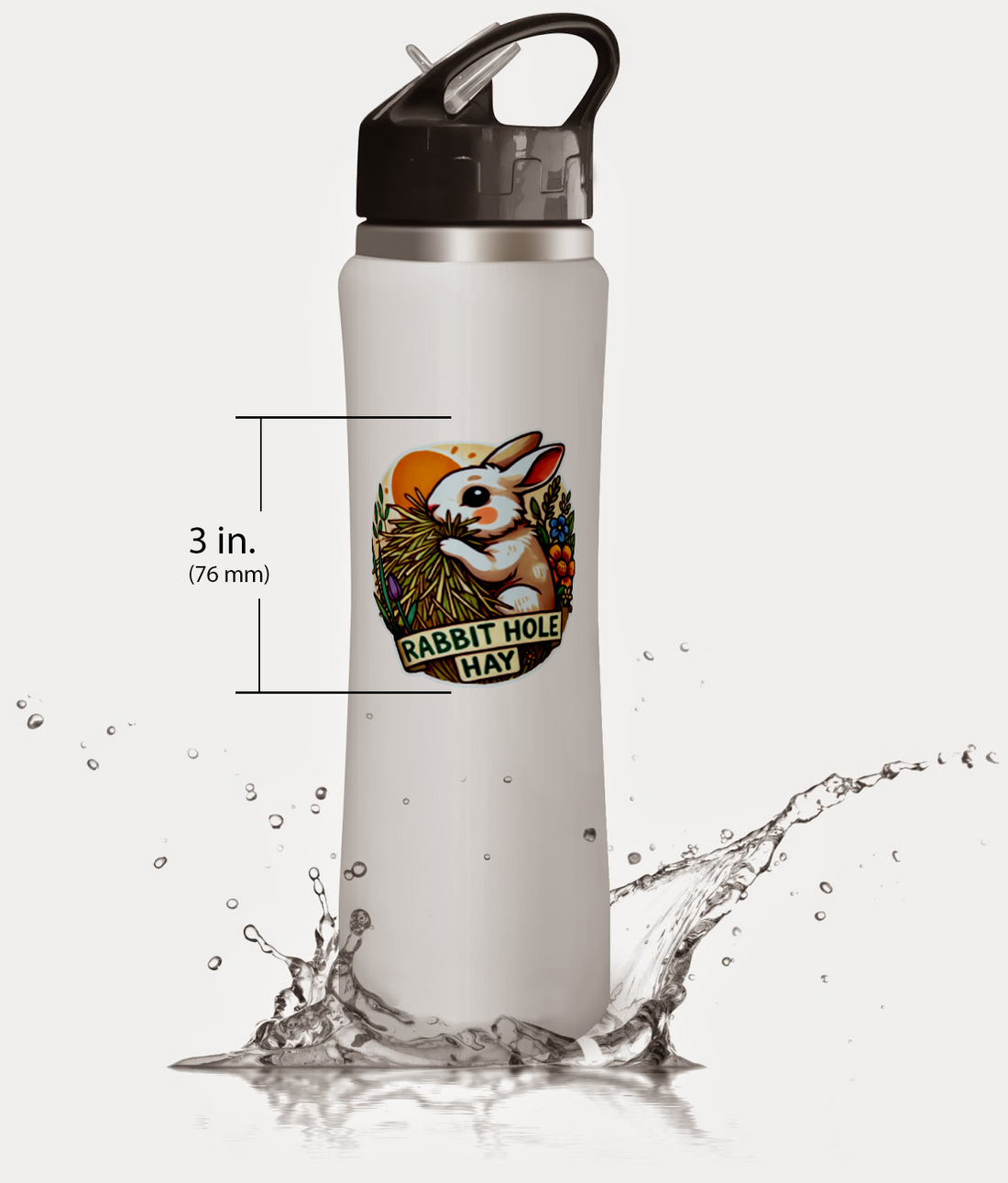



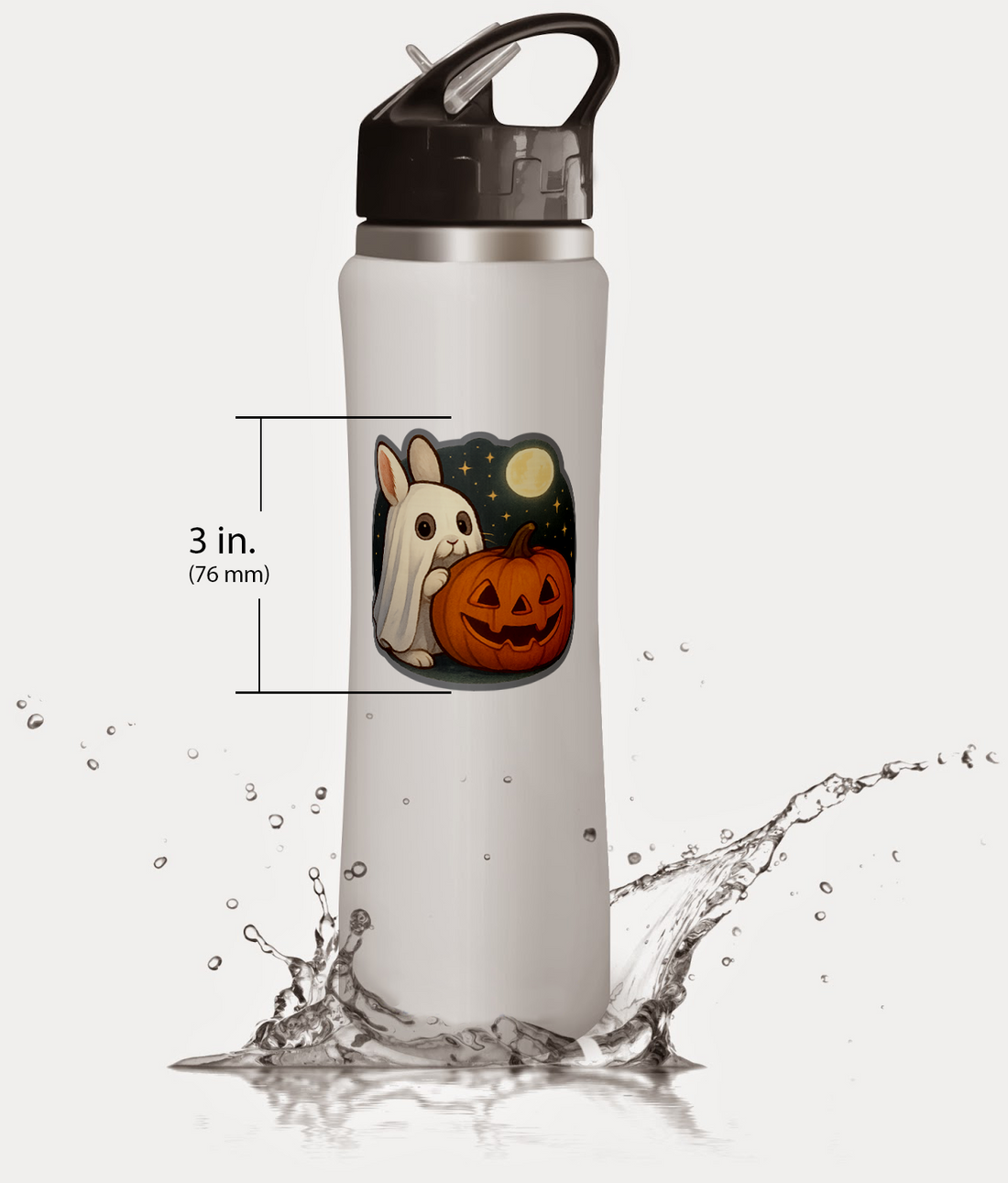

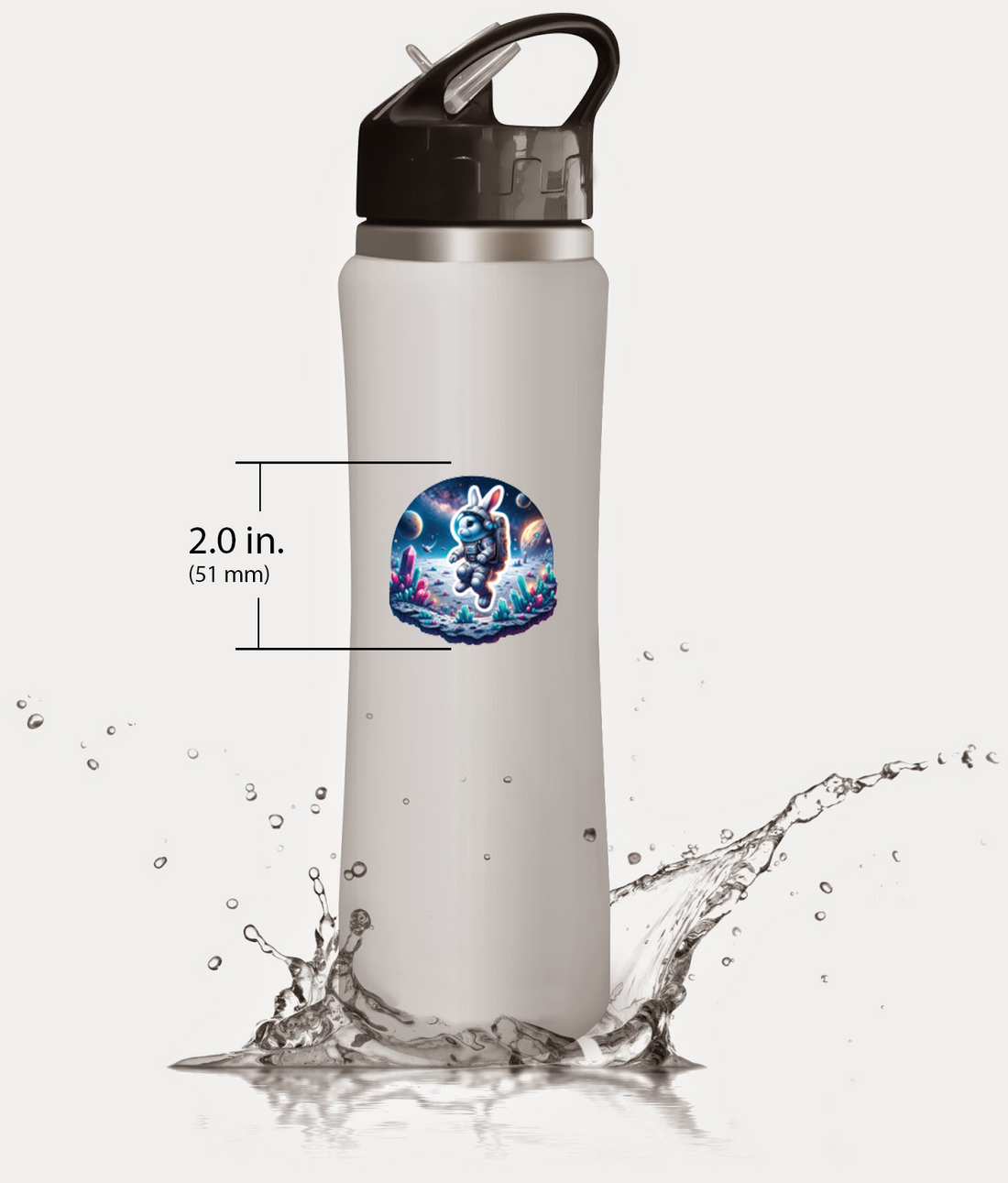


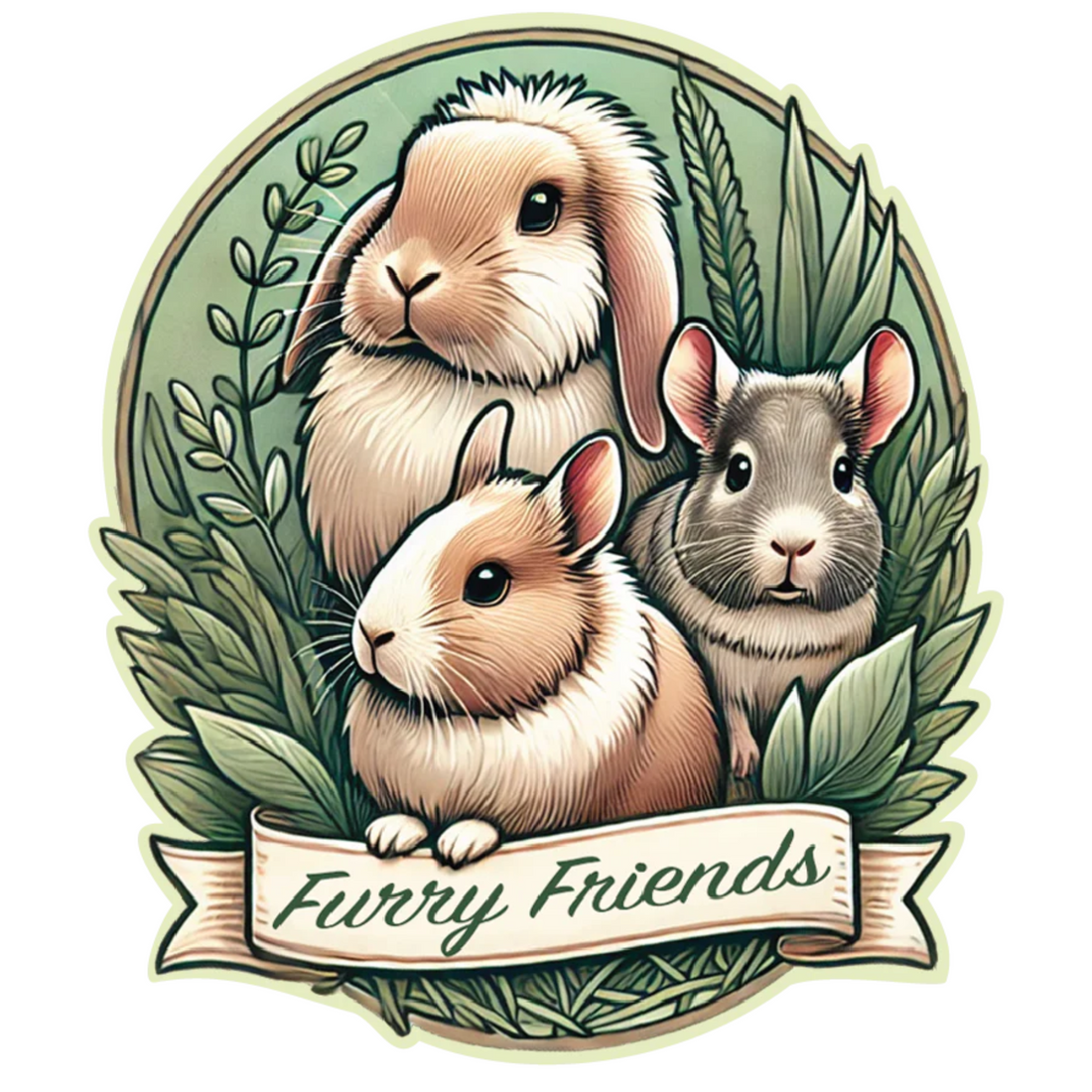
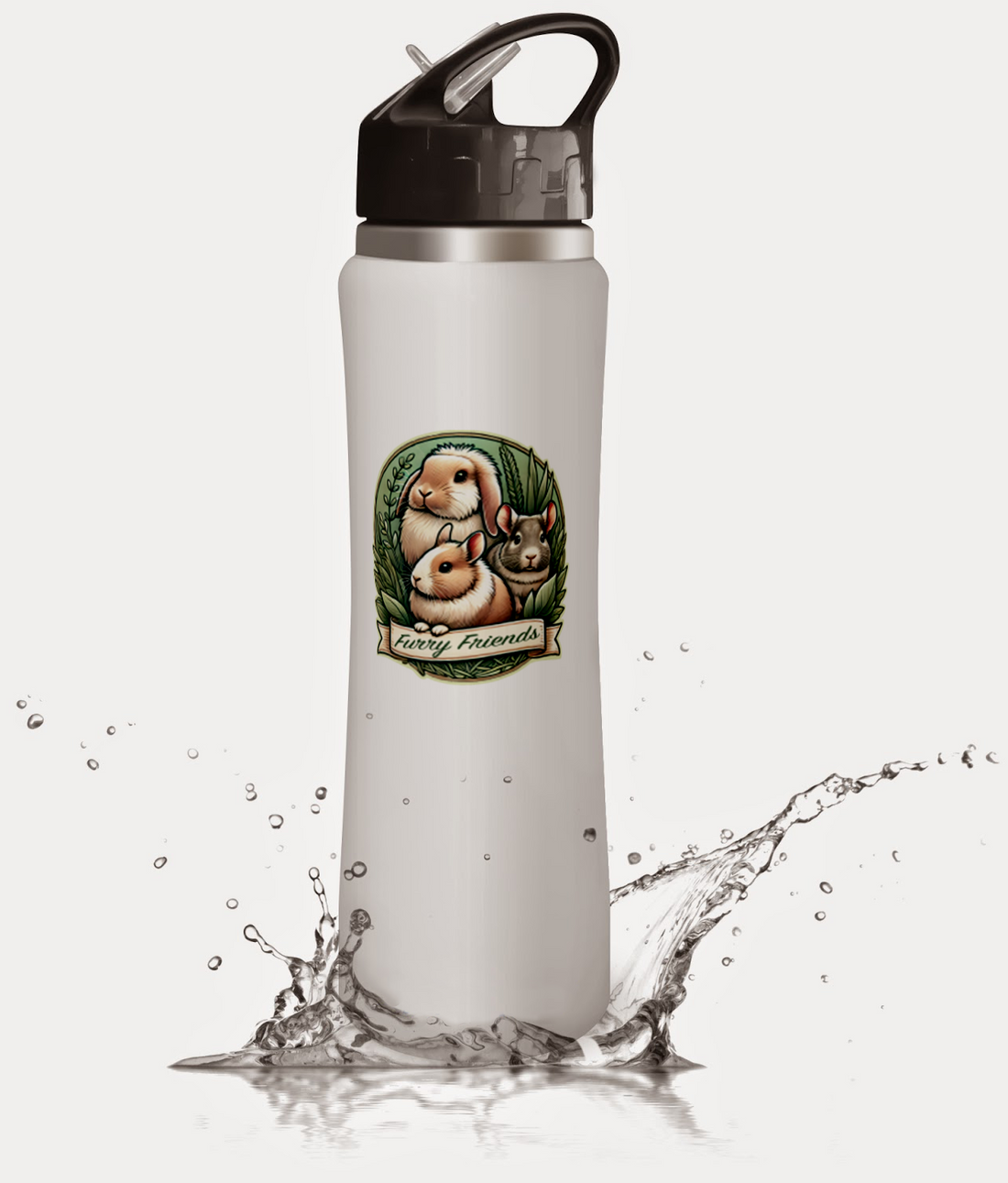









Comments